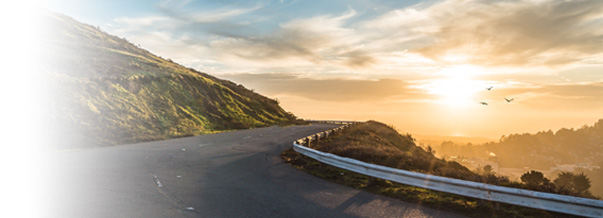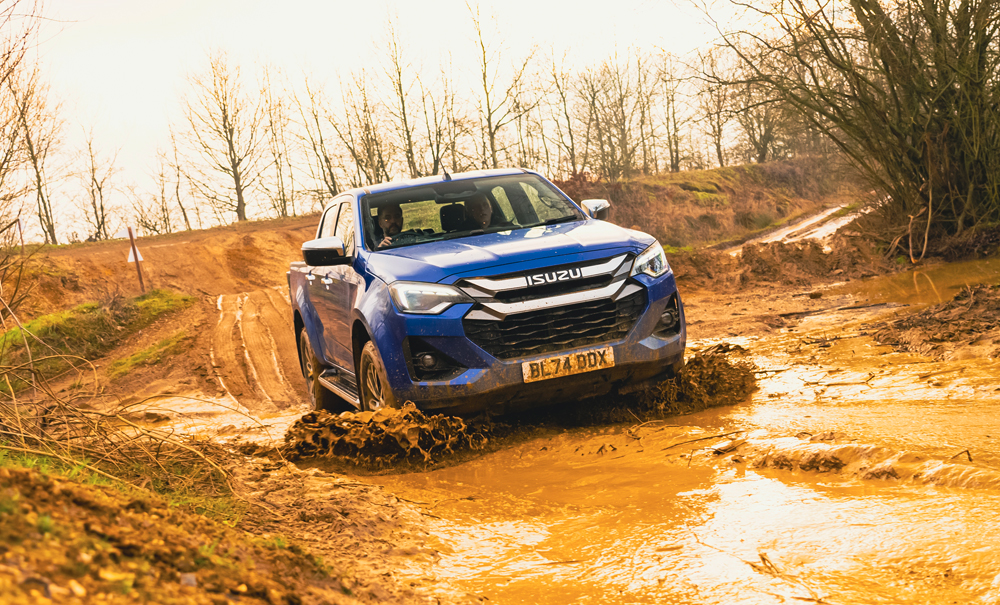
Isuzu
D-Max
The Isuzu D-Max has the capability to do a hard day’s work in the fields and still be fashionable enough to collect the kids on the school run. It’s big, beefy and it feels indestructible. There is a choice of trims levels and body styles, and this pick-up is excellent value for money. Check out the mighty Arctic Trucks AT35 version if you’re brave enough.
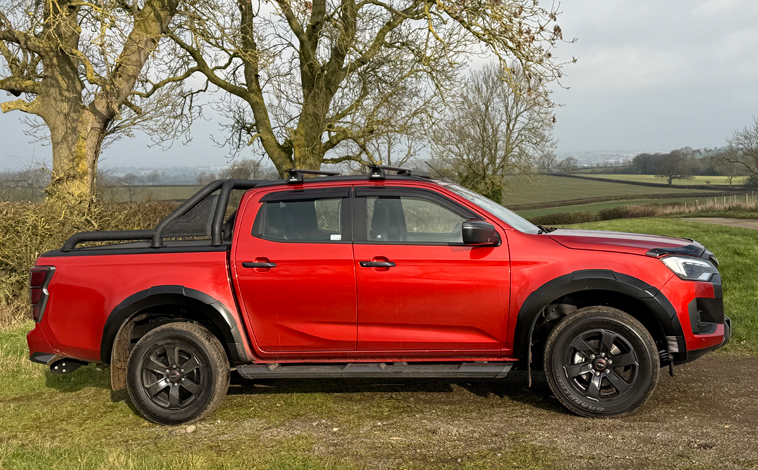

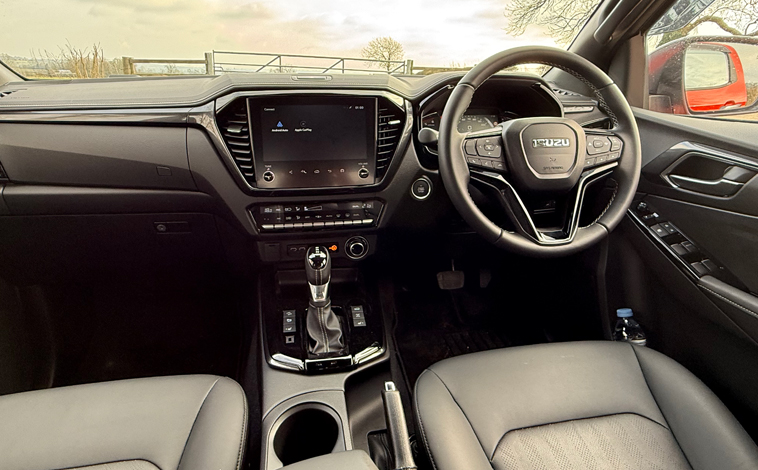
The good
Go anywhere ability, competitively priced and very practicalThe bad
Pick-up segment has lots of great models these daysTech Specs
Test Drive
Isuzu D-Max (2025)
If a manufacturer is going to offer only one model in its line-up, it needs to be exceptional – and the Isuzu D-Max certainly lives up to that expectation.
Although it’s the company’s sole vehicle, the D-Max is available in various configurations to suit a wide range of needs, such as single cab, double cab, open back, covered back and lots more besides.
The third-generation D-Max made its debut in 2021 and received a subtle facelift in 2023. However, the 2025 version comes with significant upgrades, including design enhancements, a revamped infotainment system, improved off-road capability, plus increased comfort, safety and convenience.
Starting from £32,916 (including VAT), customers do get that extensive range of models and trims to choose from. The base Utility version offers a single or extended cab and options for two or four-wheel drive. The DL20 follows at £39,516 with double or extended cab options. The DL40 starts at £43,716, and the top-of-the-line V-Cross begins at £45,516. One model, but as we say, plenty of options to suit all preferences.
We tested the high-end D-Max V-Cross, which included both road and off-road driving to showcase the new features of the latest pick-up.
The visual upgrades for 2025 are noticeable but subtle. The front end gets a fresh look with an updated two-tone radiator grille, a revised bumper, and headlights now incorporating the indicators. New air vents improve the aerodynamics, and there are also updated fog lamps and a redesigned bonnet. The tailgate has been improved and the rear lights have been upgraded. Elsewhere, the nine-inch infotainment system is sharper than before, the reversing camera has gone digital and finally, there is a new off-road mode called “Rough Terrain” – more on that shortly.
From any angle, the four-door D-Max V-Cross stands out with its bold, muscular stance, highlighted by 18-inch Tough Style Matt Grey alloy wheels. Entering the cabin is easy, with side steps and grab handles for added assistance, and inside, the comfort levels are top-notch. The powered leather seats are heated, and the updated infotainment screen offers access to Apple CarPlay and Android Auto, along with DAB radio, Bluetooth, and an eight-speaker sound system.
While the D-Max lacks built-in sat-nav, the wireless smartphone connectivity makes using your phone’s navigation simple and effective and most drivers prefer their own sat nav systems rather than in-built ones these days anyway.
Climate control is adjusted via physical switches, so it’s easy to operate, even whilst wearing gloves, and all essential driving data is displayed clearly on the TFT screen behind the leather-wrapped steering wheel.
Passenger comfort is also a strong point in the five-seat cabin. There’s plenty of space for taller occupants up front, and two (or three, if needed) can sit comfortably in the back. Three USB-C ports ensure connectivity on the go, while practical storage options include a double glovebox (the lower one locks), door bins, a central cubby, cup holders, a sunglasses compartment, along with seat-back pockets.
On the road, the D-Max V-Cross Auto, priced at £47,916, offers an impressive driving experience. The 1.9-litre, 161bhp diesel engine can be a bit loud at higher speeds, but the six-speed automatic gearbox delivers plenty of power for quick acceleration. The vehicle feels solid on winding roads and can go from 0 to 62mph in 13.0 seconds, with a top speed of 112mph while delivering a combined fuel economy of 31.4mpg and carbon emissions of 235g/km. The steering provides good feedback and is well-weighted, while sensors and a reversing camera make parking easier in tight spaces.
Our off-road test vehicle, also a V-Cross grade, was equipped with standard road tyres. Despite this, it handled a 60-minute course filled with steep climbs, wading, and slippery mud and clay with ease. Some manufacturers are a tad reluctant to showcase their vehicle’s off-road capabilities, but not so Isuzu so the D-Max was able to demonstrate its durability and versatility to the max!
The key difference for the off-road vehicle was the inclusion of a six-speed manual gearbox, which gave us greater control over gear shifts and, additionally, the price dropped slightly to £45,516 due to that transmission.
As you would expect from an established pick-up manufacturer, the D-Max has all the standard 2WD, 4WD, and 4WD Lock functions, along with the new Rough Terrain setting. When activated, this mode channels more power to the wheel with the most grip, helping prevent wheel spin. This feature, combined with the excellent traction control system, allowed the D-Max to navigate even the toughest terrain without hesitation.
From a practical viewpoint, the pick-up can carry a payload weighing up to one tonne, tow a braked caravan or trailer weighing 3.5 tonnes and it has a wading depth of 800mm. Its approach and departure angles are 30.5 and 24.2 degrees, respectively, making it a capable workhorse for any tough tasks.
Safety features have been upgraded for 2025 too with a wider-angle camera, enhanced adaptive cruise control, rear cross-traffic alert, traffic jam assist, traffic sign recognition, blind spot monitoring, lane-keep assist, and automatic emergency braking. These improvements helped the D-Max earn a five-star Euro NCAP safety rating.
Isuzu has earned the title of the “Pick-Up Professionals,” and after spending time with the 2025 D-Max, we can’t argue with that accolade. While there are flashier models with more luxury features, they come with a significantly higher price-tag. Yet the D-Max covers all the bases at a highly competitive price and it also boasts an impressive five-year, 125,000-mile warranty, including roadside assistance in both the UK and EU.
The new D-Max is an accomplished all-rounder that is happy putting in a shift on the building site or doubling up as a family vehicle for camping adventures. And there are certainly exciting times are ahead for Isuzu as the company is set to launch its first fully capable electric pick-up next year, and we can’t wait to test it out.
Test Drive
Isuzu D-Max Arctic Trucks AT35 (2023)
While the Isuzu D-Max has been putting in a hard day’s graft for several years now with the latest-generation model being launched in 2021, there is now a fully beefed-up Arctic Trucks AT35 special edition.
It may have the same engine and all the qualities of the standard D-Max, but this model really ups the stakes when it comes to looks, tech and attitude.
It boasts a raised ground clearance with simply massive tyres that help it stand out in any crowd. It’s an absolute beast of a pick-up and can still conquer anything Mother Nature throws in its path with strong 4×4 capabilities.
However, there is a downside to this model – it costs £44,499 (excluding VAT for businesses) or £55,529 for private owners. To put this into some sort of perspective, the D-Max range starts from £23,149 (excl. VAT).
Driving this powerhouse of a double cab pick-up is the four-cylinder, 1.9-litre engine that is seen across the D-Max range. Delivering 164PS and 360Nm of torque, it can reach from 0-62mph in 13.0 seconds (12.7 seconds for the manual version) and has a top speed of 112mph.
When it comes to running costs, the D-Max Arctic Trucks AT35 can deliver a combined 30.7mpg with carbon emissions of 241g/km – that won’t make you any friends amongst the green brigade.
There’s no denying the unbelievable road presence of this pick-up thanks to its raised height, gun metal radiator grille and door handles, flared wheel arches, roof rails, Arctic Trucks side steps, bi-LED headlights with LED daytime running lights, LED rear lights and lots of Arctic Trucks badging. The AT35 is a reference to the 33-inch all-terrain tyres.
Climb onboard and the cockpit is very upmarket for a working pick-up and there is plenty of modern tech to explore too. There is a nine-inch infotainment screen, full smartphone connectivity via Apple CarPlay and Android Auto, an eight-speaker sound system, Bluetooth, DAB radio, a CD player (yes really) and a wireless phone charger. Although there is no sat nav on the vehicle, it is easy enough to connect a smartphone to cover that base.
Behind the steering wheel is a 4.2-inch driver information display and other features include heated leather seats to fend off the winter chill, dual zone climate control, a reversing camera and lots of Arctic Trucks badging.
The driver’s seat is power-adjustable and with ample movement in the steering wheel, it’s easy to find the ideal driving position. All the controls, dials and readouts are well positioned for ease of use and, although there are lots of high-end materials, the cockpit still maintains a practical design with numerous wipe-clean surfacers.
When it comes to performance, the acceleration through the six-speed automatic transmission is good enough considering the pick-up’s size and it’s deceptively comfortable too. With those massive wheels and raised height you’d be forgiven to expect a wallowy ride, but that’s not the case. It powers along and, on narrow lanes, any oncoming vehicles tend to slow down and move over.
It cruises on motorways too, although there is a slight drop-off in power at about 50mph and the noise within the cabin does get much louder at higher speeds.
But those minor gripes aside, the steering is nicely weighted and with a very high driving position, you can see across all the hedgerows and for miles beyond.
Special mention to the advanced Bilstein suspension system that does an excellent job of cushioning the ride.
While we didn’t venture too far from the Tarmac on this occasion, the D-Max is a very capable off-roader and can cope with challenging terrain work when required.
It’s also quite a practical vehicle with a one-tonne payload limit. It can tow a caravan or trailer weighing up to 3.5 tonnes and features a load bed that stretches 1,495mm in length, 1,530mm wide and 490mm in depth.
There are numerous storage compartments within the cab too, including a deep central cubby bin, lockable glovebox, cup holders (two front and two rear), door pockets with room to store a water bottle, a sunglasses holder, seat back pockets, a wireless charging pad, a covered tray on top of the dashboard, a hidden compartment by the driver’s door, along with a hook that pulls out the back of the passenger seat to hang up a coat.
All in all, the Isuzu D-Max Arctic Trucks AT35 is quite the ‘in your face’ pick-up that commands attention wherever it goes, especially if it features the Valencia Orange paintwork that our test model boasted.
Test Drive
Isuzu D-Max V-Cross 4×4 Double Cab Auto (2021)
It’s rare for my timing to be spot on. I’m someone who has a convertible to test in the snow and a 4×4 during a heatwave. But the moment my firewood supply dwindled away to almost nothing coincided perfectly with the arrival of the Isuzu D-Max pick-up.
It’s the all-new, second-generation model that was launched earlier in 2021, and Isuzu has got the mix between working vehicle willing to put in a shift on a building site and family truck with all the trimmings just right.
There is a choice of body styles, trim levels, transmissions and drive systems, but the D-Max is only available with one engine – a 1.9-litre, 164ps diesel unit delivering 360Nm of torque. And it does the job very nicely indeed.
We tested the range-topping D-Max V-Cross with a double cab, 4×4 and an automatic gearbox. While this model is aimed at the lifestyle pick-up driver as it has all the everyday luxuries found in a high-end SUV, it can still put in a real day’s grafting when necessary.
So, when my wood supply needed topping up, it was the ideal vehicle to load up. And although the ride and handling are impressive generally, they get even better with a full payload in the back. It all becomes more composed and grounded.
Priced at £39,244, our V-Cross D-Max boasted a wealth of on-board tech, including an eight-way powered, leather driver’s seat that can be heated, dual-zone climate control, a nine-inch colour touchscreen, Apple CarPlay and Android Auto, Bluetooth, a reversing camera, front and rear parking sensors, an eight-speaker sound system, a CD player, DAB radio, along with front and rear USB ports.
It’s certainly a pick-up that attracts attention with its muscular styling and real road presence. And the V-Cross is kitted out with gun metal finishing touches, 18-inch alloy wheels and distinctive light clusters.
An area where the latest D-Max has improved considerably compared to its predecessor is the day-to-day handling. The outgoing vehicle was quite fidgety and was not the most composed pick-up out there. New D-Max, however, delivers a comfortable driving experience and offers good road holding through the faster country lanes.
The new transmission system delivers 25 per cent quicker gear changes than the old model and our D-Max could reach 62mph from a standing start in 13.0 seconds, maxed out at 112mph while delivering a combined 30.7mpg and carbon emissions of 241g/km.
It does get quite noisy under heavy acceleration which is not really surprising considering its design, but with direct steering, the D-Max is happy cruising on motorways, fizzing along the country lanes or weaving through busy town centre traffic.
It is very able when faced with off-road terrain too with three 4WD configurations – 2H is for rear wheel drive only, 4H delivers drive to all wheels in a high gear ratio for slippery surfaces and finally, the 4L provides drive to all wheels in a low gear ratio for more extreme off-road challenges. It can wade through water up to 800mm deep and carry a payload that ranges from 1,070 to 1,205kg depending on body style as well as towing a trailer or caravan weighing up to 3,500kg.
Another plus factor in the D-Max’s favour is its weight of 2,030kg. Pick-ups weighing above 2,040kg must be driven at ‘goods vehicle’ speed limits which are 10mph slower on single and dual carriageways to avoid unexpected fines.
There is ample room in the back for two or three passengers to sit comfortably and the new D-Max has an extended wheelbase which results in extra cabin space. There are plenty of storage compartments scattered throughout the vehicle including 10 cup or drinks holders, a deep cubby box, double glovebox, sunglasses holder and a small compartment next to the driver’s door.
The vehicle secured a maximum five stars when tested for its Euro NCAP safety rating with features including forward collision warning, autonomous emergency braking, blind spot monitoring, lane departure warning, rear cross traffic alert, traffic sign recognition, cruise control, plus eight airbags on the double cab versions.
All in all, the latest D-Max is quite the all-rounder and for once my timing was spot on and I’m all set for whatever cold snap Mother Nature throws our way this winter.
Test Drive
Isuzu D-Max – First Drive (2021)
The pick-up scene is becoming more and more popular with buyers viewing the practical vehicles as a sound lifestyle choice as an alternative to the many SUVs that are flooding the market.
But that makes things difficult for the car makers who have the unenviable task of designing practical, workhorse vehicles that can put in a hard day’s graft while still delivering on the refinement front.
And that is the problem Isuzu designers faced when developing the all-new second-generation D-Max. But the answer was actually fairly simple – develop enough models in various shapes and sizes with different levels of luxury to keep everyone happy.
As a result, the latest 2021 D-Max is available in single, extended or double cab body styles with two or four-wheel drive, plus a choice of six-speed manual or automatic gearboxes. There is only one engine powering the vehicle which is a punchy 1.9-litre, 164ps diesel unit delivering 360Nm of torque and the prices start from £25,144 and rise to £39,244 (including VAT).
There are three ranges to choose from called Business, All-Purpose and Adventure with four trim levels named Utility, DL20 (DL refers to the Differential Lock), DL 40 and high-end V-Cross. This means the entry-level models will tick all the boxes for anyone who chooses Isuzu for its 100-year-plus history of developing hard working vehicles while, at the other end of the scale, the V-Cross is ideal for the more lifestyle-generated market.
The all-new D-Max has a fresh, muscular look with an imposing stance featuring smart light clusters including Bi-LED headlights and daytime running lights on higher trim levels. The Utility models boast plenty of hard-wearing plastic decals, DL20 gains body-coloured bumpers and door mirrors, DL40 features additional chrome detailing and V-Cross versions have a distinctive appearance thanks to gun metal finishing touches.
We selected the range-topping D-Max V-Cross Double Cab with automatic transmission as this particular version is expected to attract the most attention from buyers. Priced at £39,244, the vehicle was kitted out with all the bells and whistles with an eight-way powered driver’s seat that can be heated, dual-zone climate control, leather upholstery, a nine-inch colour touchscreen, an eight-speaker sound system, Apple CarPlay and Android Auto, Bluetooth, a CD player, DAB radio, plus front and rear USB ports.
We put the vehicle to the test on the open road and also at a busy working quarry where the full 4×4 credentials were sampled. There are three 4WD configurations – 2H is for rear wheel drive only, 4H provides drive to all wheels in a high gear ratio for slippery surfaces such as mud or grass, and finally switch across to 4L and that provides drive to all wheels in a low gear ratio for more extreme off-road challenges.
Our D-Max, riding high on standard tyres, coped superbly as it clambered up steep inclines, dropped down tricky slopes with the Hill Descent Control activated, tilted at death defying angles and waded through water obstacles (it can wade up to 800mm deep) along the way.
Then, it was back to the safety of the Tarmac where, out on the faster country lanes, the D-Max is certainly more refined than its predecessor with nice acceleration through the automatic gearbox. In fact, the transmission boasts 25 per cent quicker gear changes on the latest vehicle which could sprint from 0-62mph in 13.0 seconds and maxed out at 112mph, while delivering a combined 30.7mpg with carbon emissions of 241g/km.
The engine does still get quite vocal under heavy acceleration and there is a fair amount of wind noise from the large mirrors, but the road holding is good and there is minimal body sway into bends.
On the practical side of things, the D-Max’s wheelbase has increased by 30mm which means there is extra space inside the cab so back seat passengers have ample room to stretch out with 60:40 split-folding rear seats that are nicely angled for comfort. These can be dropped completely flat to the floor and there is additional storage beneath the seats with the jack and tools being moved to behind the seats on the new model.
Elsewhere throughout the cab, there are there are 10 cup or drinks holders, a double glovebox, a deep central cubby box, handy trays, a sunglasses holder and a small compartment near the driver’s door.
With its working head on, the D-Max can carry a payload that ranges from 1,070 to 1,205kg depending on body style and it can tow a trailer or caravan weighing up to 3,500kg.
It’s also worth noting that even the heaviest new D-Max model – the V-Cross auto – weighs in at 2,030kg. This is quite a significant figure because any vehicle weighing above 2,040kg must be driven at goods vehicle speed limits which are 10mph slower on single and dual carriageways. This legal restriction is often overlooked and catches a number of pick-up drivers out when they get an unexpected speeding notification through the post.
All D-Max models get better lumbar support for improved comfort and the vehicle also features an upgraded, stronger chassis with updated suspension system for added refinement. There is the latest speed sensitive electronic power steering which is nice and light at low speeds offering good agility, but gets weightier when driving on faster roads.
It’s excellent news where safety is concerned too as the D-Max has been awarded a maximum five-star Euro NCAP rating. Features include forward collision warning, autonomous emergency braking, traffic sign recognition, lane departure warning, cruise control, blind spot monitoring, rear cross traffic alert and eight airbags as standard on double cab models with seven on the single cab vehicles.
All in all, the latest Isuzu D-Max is an upmarket, practical and well-equipped pick-up with models to suit all budgets and requirements. And sales are proving so successful that all the vehicles destined for the UK from Thailand have already been snapped up which means any new customers will need to wait until the end of the year for their vehicle.
Visit Isuzu for more details.
Test Drive
Isuzu D-Max 1.9 Blade Auto 4×4 Double Cab
Having lost the beloved Land Rover Discovery as the obvious farmer’s choice as a workhorse, more buyers are looking towards pick-up trucks to fill the gap and one such model is attracting plenty of attention – the Isuzu D-Max.
We Brits love versatility and the pick-up offers that in spades with twin or single cab variants along with open or covered backs that deliver go-anywhere capabilities and a rough and readiness to take on a working lifestyle.
Admittedly, potential buyers are spoilt for choice with the likes of the Toyota Hilux, Nissan Navara and Mitsubishi L200 competing for sales. But the Isuzu model is definitely worth a look too.
It features all the workhorse practicalities necessary from such a vehicle, but as you move up through the extensive range, the number of luxuries and refinements increase accordingly along the way.
The entry level D-Max is priced at just £15,749 (excluding VAT), which is very competitive within the segment. But we opted for the top-of-the-range Blade model with twin cab, 4×4 capabilities and all the connectivity and techno treats you could wish for.
This particular model was priced at £27,999 (increased to £29,114 with options fitted). There is no official 0-62mph time as Isuzu classes the D-Max as a commercial vehicle, but it has a maximum speed of 112mph. And according to official figures it can deliver combined fuel economy of 36.2mpg with carbon emissions of 205g/km.
Perhaps more importantly the sort of figures that will interest this vehicle’s buyers is the towing capacity of 3,500kg, its 1.101kg payload, ground clearance of 235mm and its angles of approach and departure of 30 and 23 degrees.
The D-Max certainly looks the business too thanks to its aggressive rough and ready styling, 18-inch alloys, roof bars, LED daytime running lights, front fog lights, dark grey radiator grille, body-coloured front bumper, gun metal side steps and tinted windows.
Move inside and the interior is generously-equipped with plenty of on-board technology. Features include a 9-inch colour touchscreen with sat nav, DAB radio, Bluetooth, Apple CarPlay or Android Auto smartphone connectivity, an eight-speaker sound system, heated front seats, leather upholstery, air conditioning and lots more besides. I particularly liked the dust caps that covered the USB ports – after all, this is a working vehicle.
A simple rotary dial is used to engage four-wheel-drive and low range gears and all controls are ideally positioned for ease of use. There is a lot of hard plastic on display which, despite looking a tad cheap, is still practical and can be wiped clean.
The D-Max is powered by a 1.9-litre, 164bhp diesel engine and mated to a six-speed automatic gearbox. Despite its larger-than-life dimensions, it is deceptively agile and easy to manoeuvre, but be warned – you will need a couple of parking bays due to its overall length of almost 5.3 metres.
Out on the open road and faster motorways, the D-Max was a delight to drive with good road-holding even when pushed into bends. The acceleration was good and there was plenty of power on tap at all times. The gear changing proved smooth enough unless driven with a heavy right boot when there will be quite a lot of revving sound and very little response until the next gear clicks in.
And the D-Max is actually well insulated against outside noise and the highly efficient suspension system easily absorbs any bumps.
The loading bay on the test car had a sliding lockable canopy. Once the tailgate was lowered the cover could be released by pulling on a chord. Pulling the cover back again also proved a simple operation. There are also numerous storage options scattered throughout the cabin, including a double glovebox, practical door pockets, a deep central bin and cup holders.
Isuzu has packed a comprehensive range of safety features into the D-Max too, including anti-lock brakes, hill start assist, electronic stability control, hill descent control, electronic brakeforce distribution, front and rear parking sensors, a reversing camera and numerous airbags.
All in all, the latest D-Max is a fabulous vehicle that is as at home on the Tarmac as it is wading through streams. It may not be quite so refined as some rivals, but it has plenty of all-round appeal including a very tempting starting price.
Visit Isuzu for more details.
Latest Related NEWS
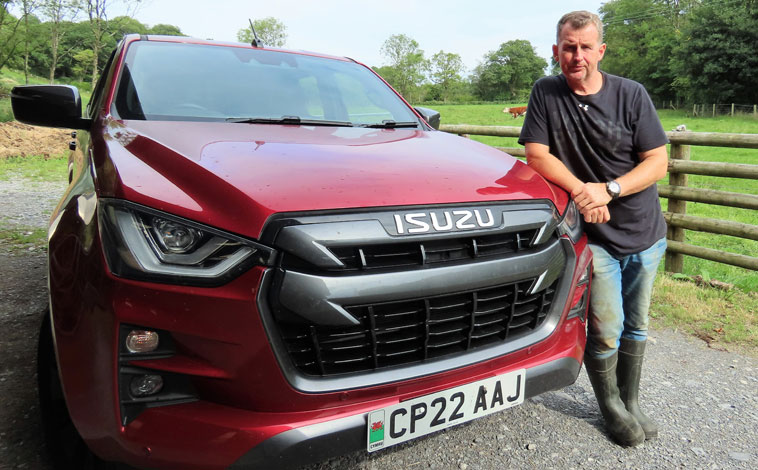
Nigel Owens enjoys farm life with Isuzu
Famed ex-rugby referee Nigel Owens MBE has recently taken ownership of his new [...]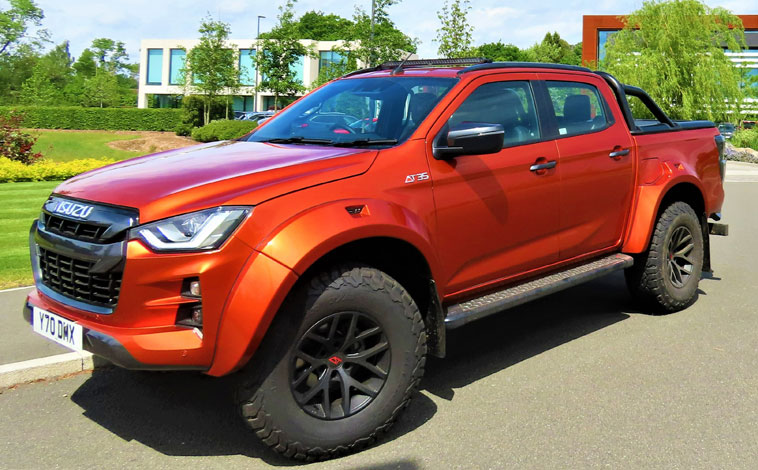
Dealers lining up for flagship D-Max
Isuzu UK have appointed 13 current dealers as authorised Isuzu Arctic Trucks dealers, [...]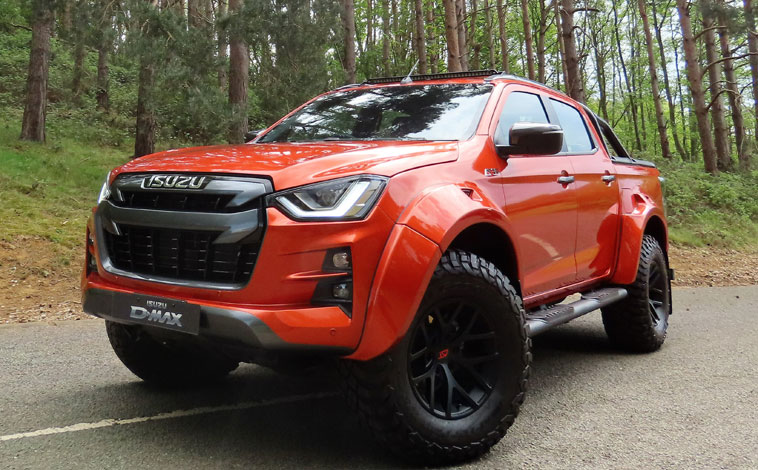
D-Max Arctic Trucks AT35 is on sale now
Isuzu has opened the order books for the mighty D-Max Arctic Trucks AT35 [...]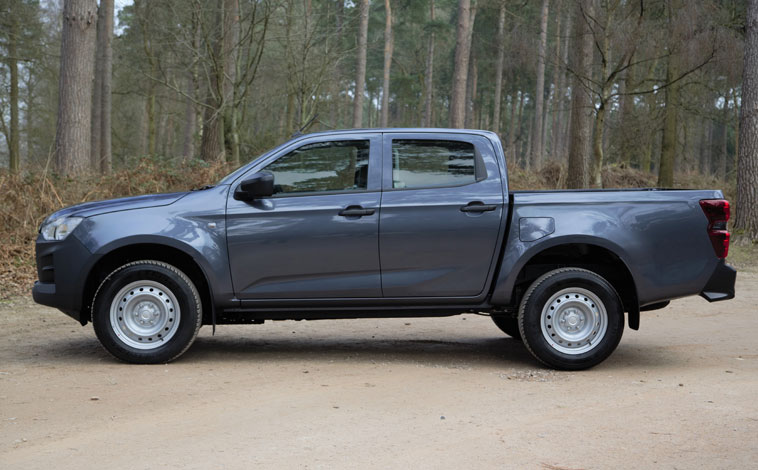
Isuzu expands its D-Max pick-up range
Isuzu UK has introduced six new variants to the award-winning D-Max range, expanding [...]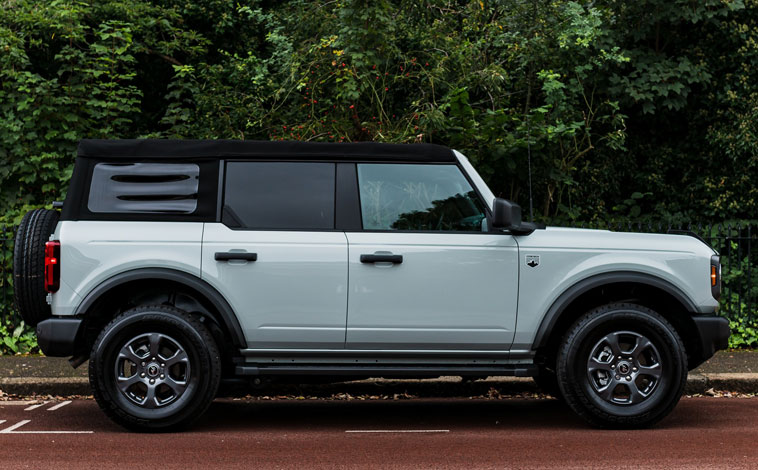
Ford Bronco 4×4 really bucks the trend
One of the most eagerly-anticipated vehicles of the past year, the Ford Bronco [...]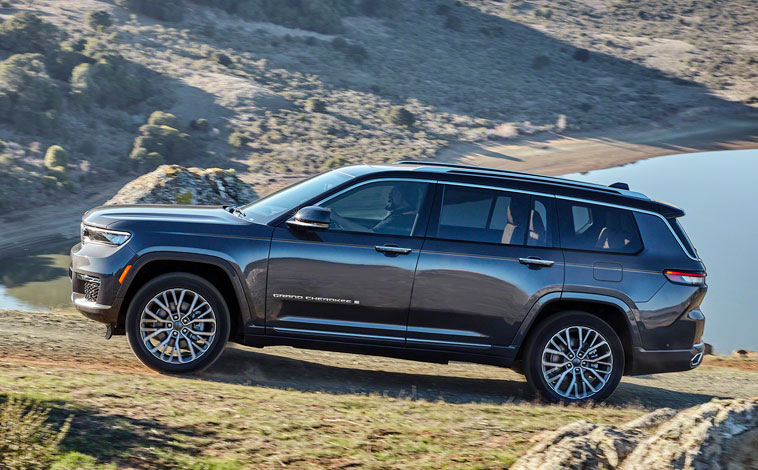
New Grand Cherokee breaks cover in US
Almost 30 years ago, the Jeep Grand Cherokee began its legacy as the most [...]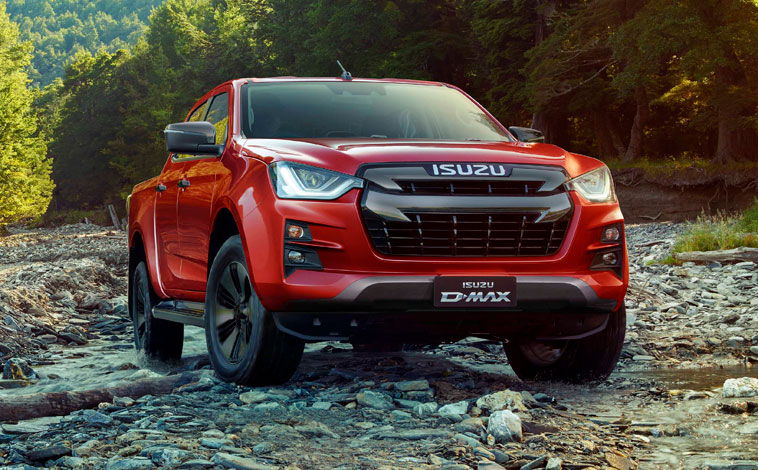
Isuzu launches its all-new D-Max pick-up
The all-new Isuzu D-Max pick-up will be arriving in showrooms in March and [...]Toyota announces details of new Hilux
Following the pricing for the Invincible and Invincible X Hilux models which have [...]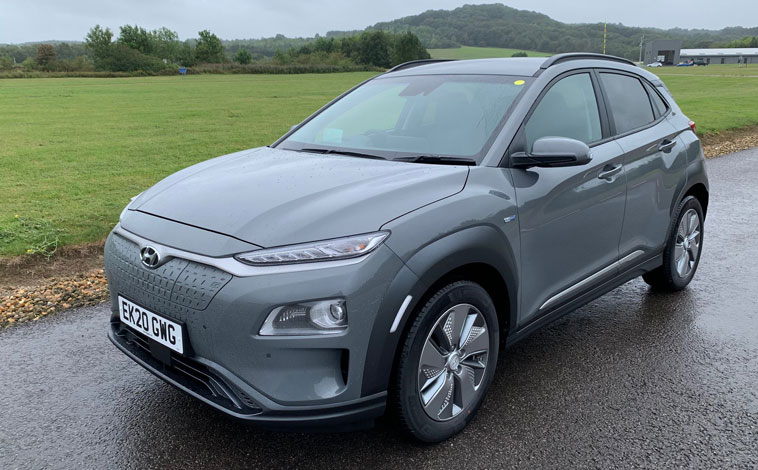
On the charge to an electrified future
This week saw the gathering of 20 of the world’s top car makers [...]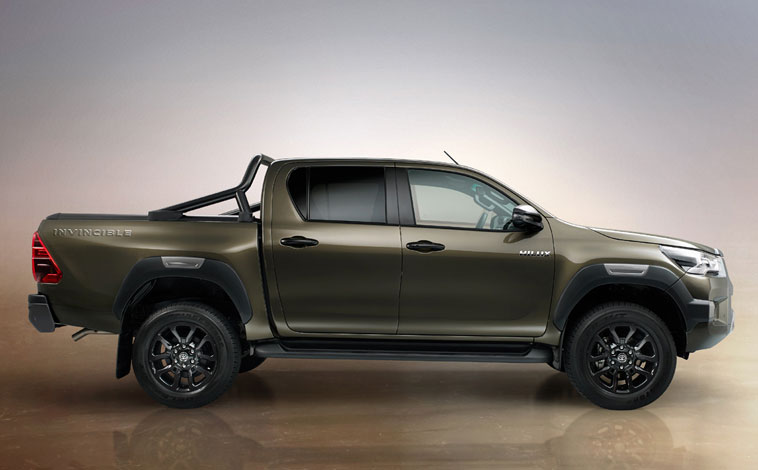
Toyota Hilux gains extra power and kit
Toyota’s mighty Hilux pick-up truck is gaining added appeal thanks to a more [...]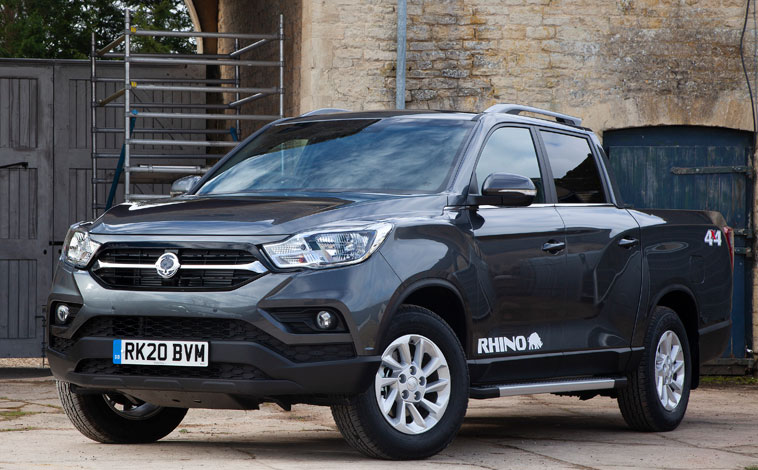
SsangYong Musso has best load limits
SsangYong has added a long wheelbase variant to its award-winning Musso line-up making [...]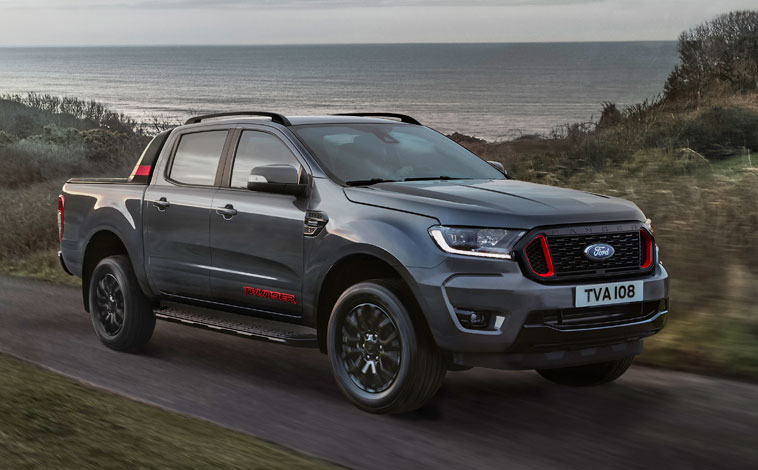
New Ford Ranger Thunder storms in
The new Ford Ranger Thunder brings style and enhanced specification to Europe’s best-selling [...]
Isuzu unveils special build GO2 D-Max
The Isuzu D-Max GO2 is a special build project that has been customised [...]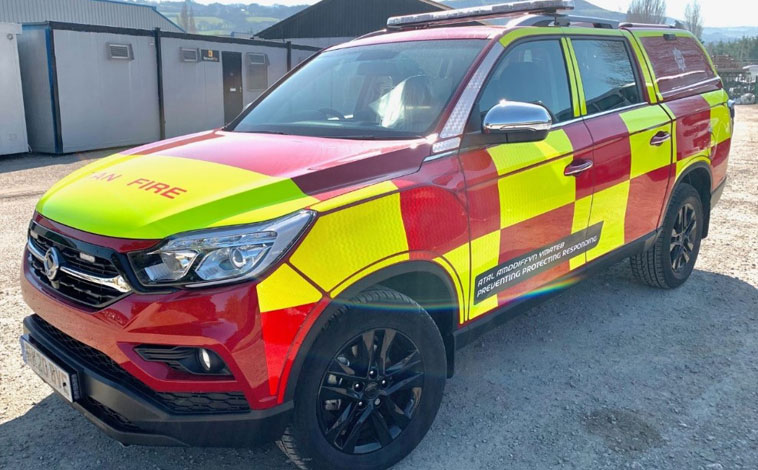
It’s the SsangYong Musso to the rescue
SsangYong Motors UK is delighted to confirm its partnership with North Wales Fire [...]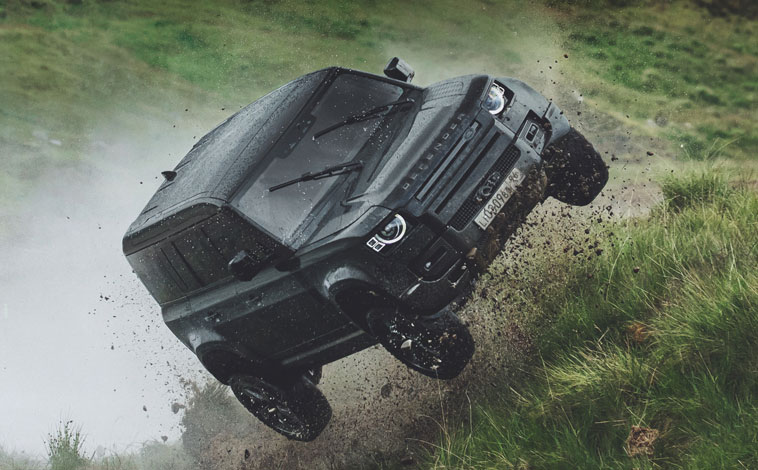
Latest Defender does all its own stunts
Land Rover’s television commercial for the new Defender demonstrates its capability on tough [...]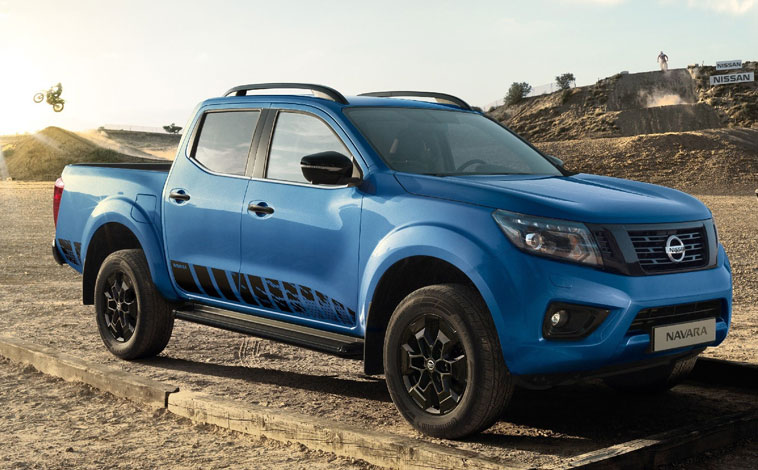
Pick-up appeal picks up the pace
Nissan has launched the latest Nissan Navara N-Guard, with the range-topping, double cab [...]Related Reviews
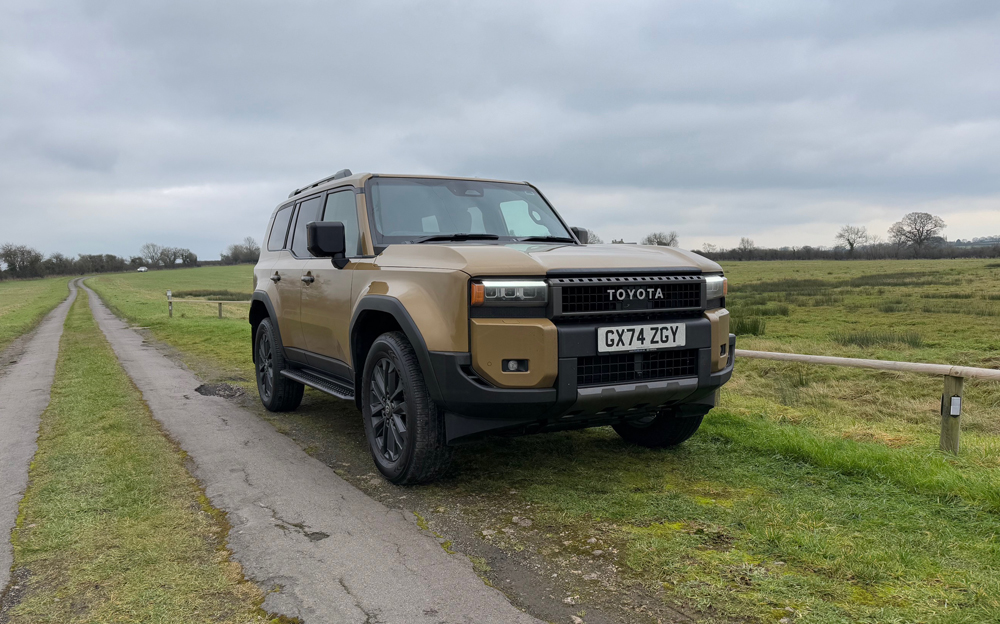
Toyota Land Cruiser
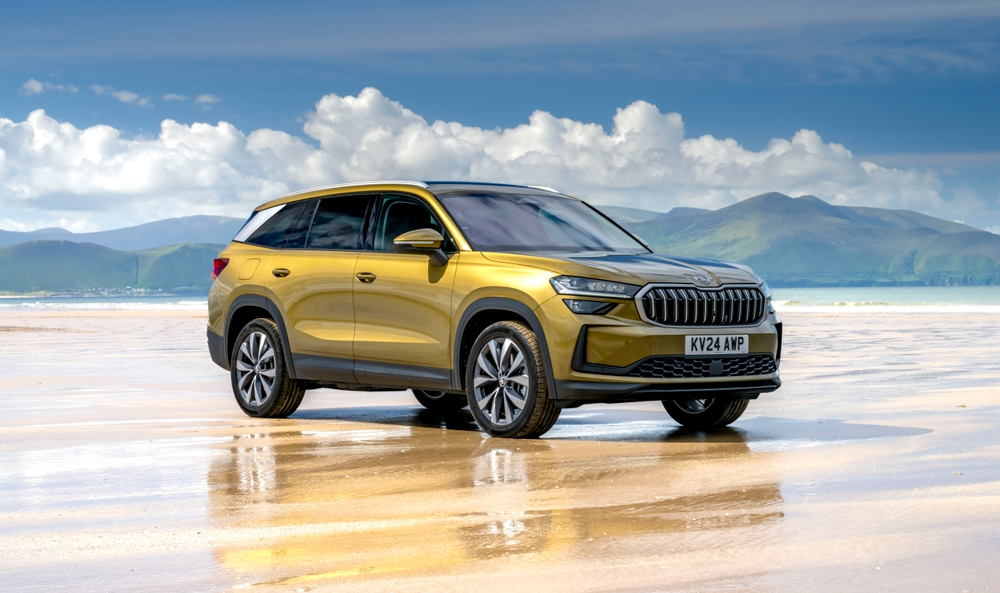
Skoda Kodiaq
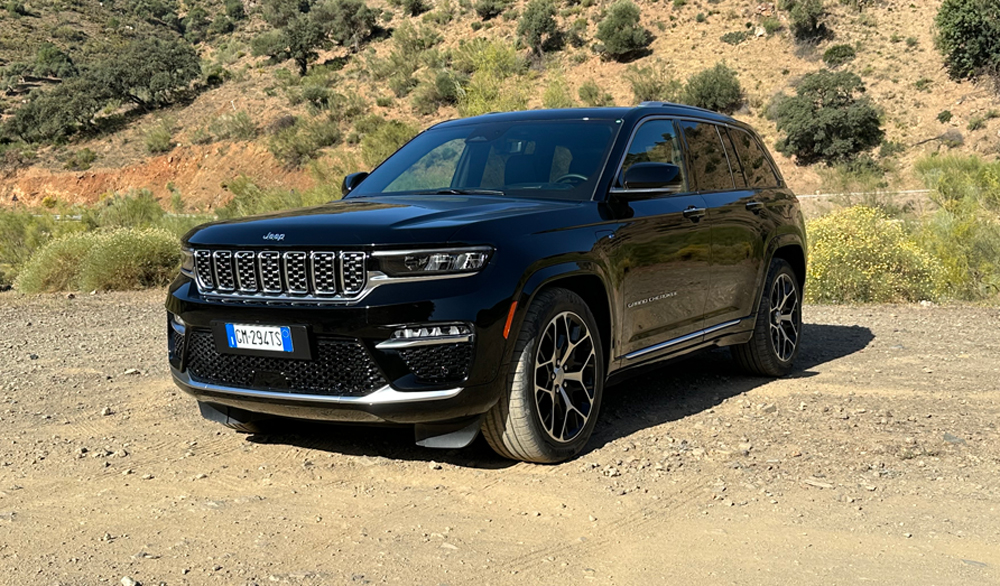
Highlighted Jeep Grand Cherokee
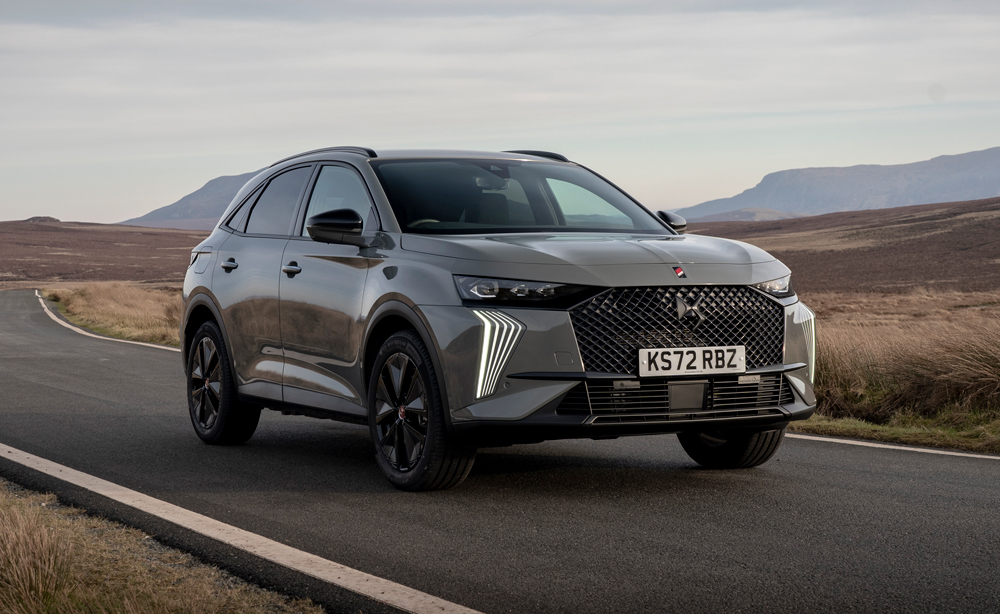
DS Highlighted DS 7
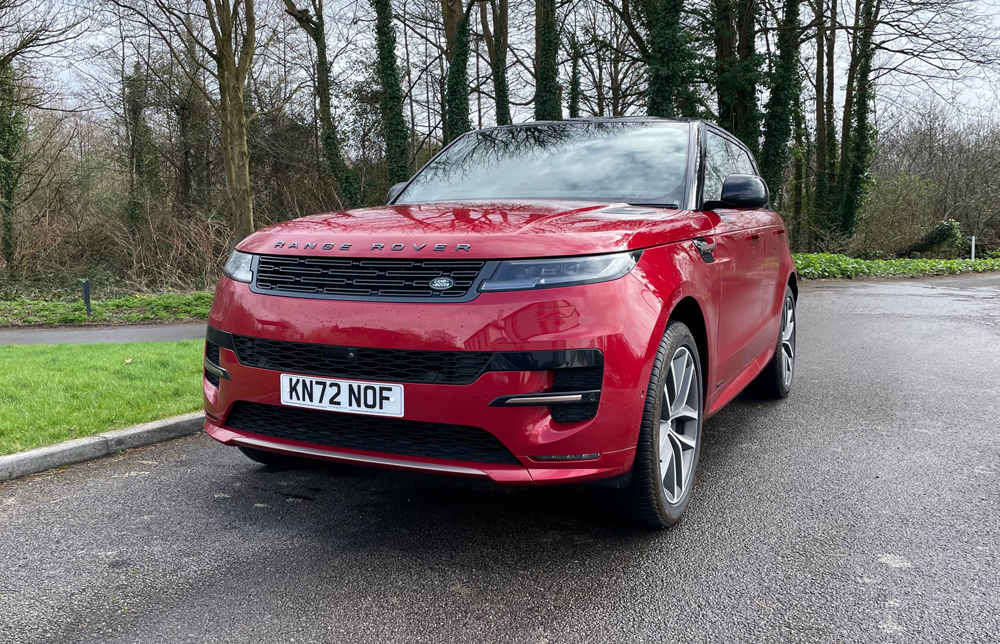
Land Rover Range Rover Sport
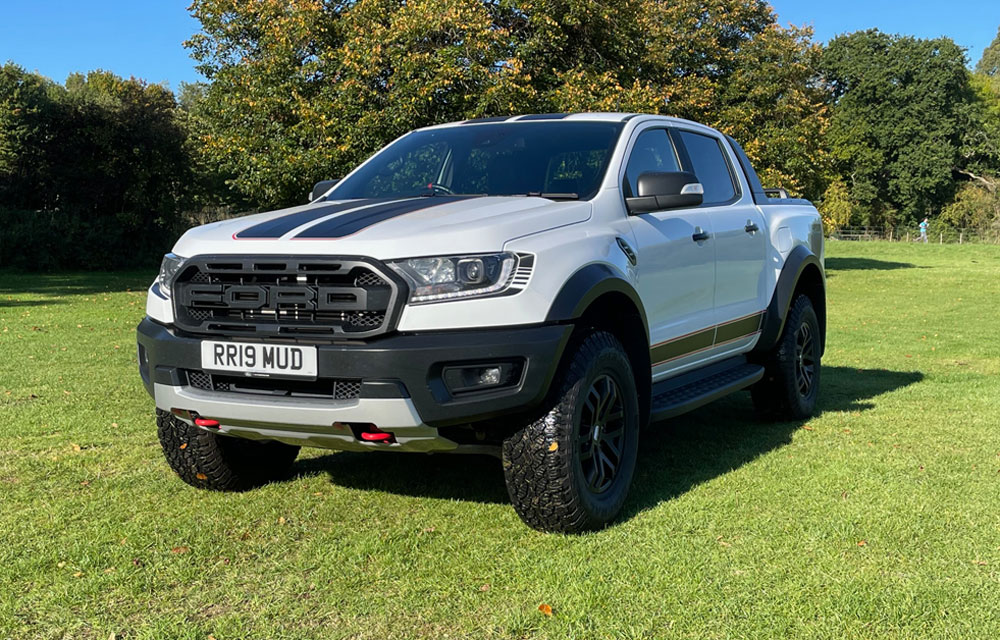
Ford Ranger

Land Rover Range Rover
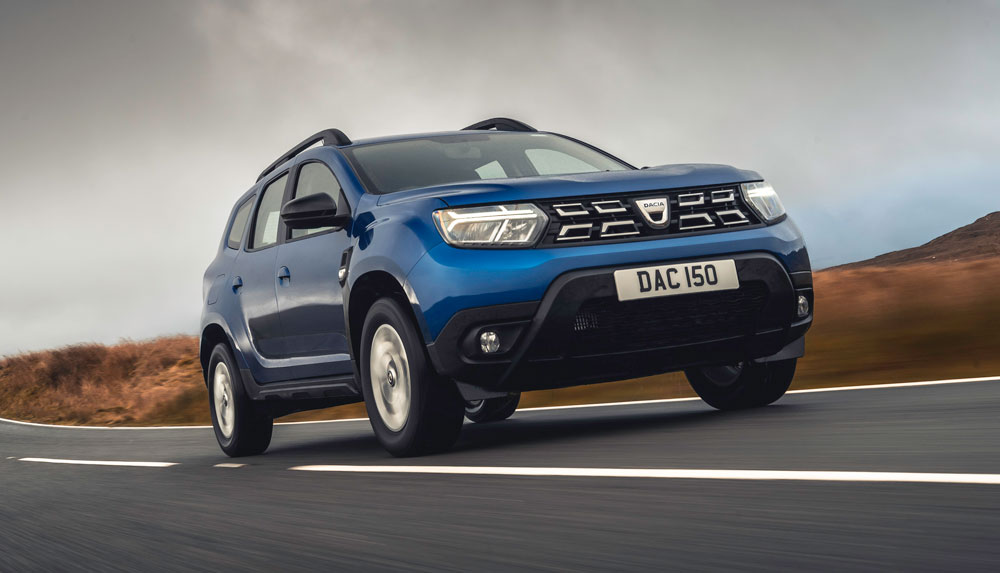
Dacia Duster
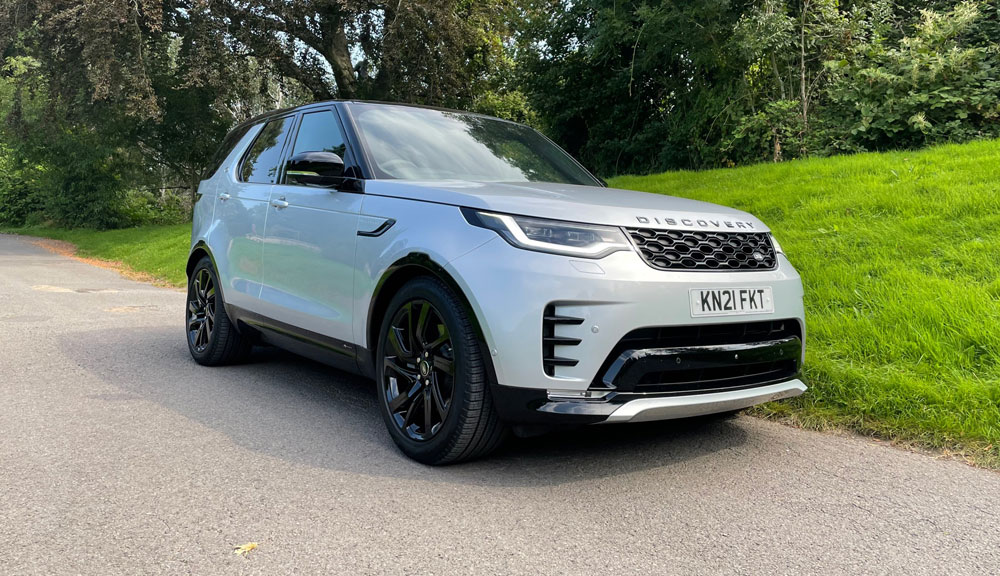
Land Rover Discovery
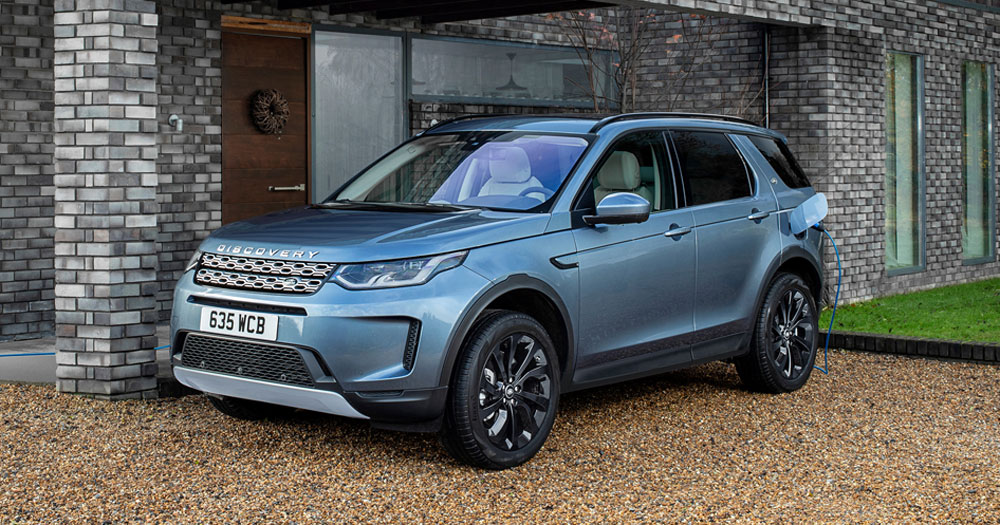
Land Rover Discovery Sport
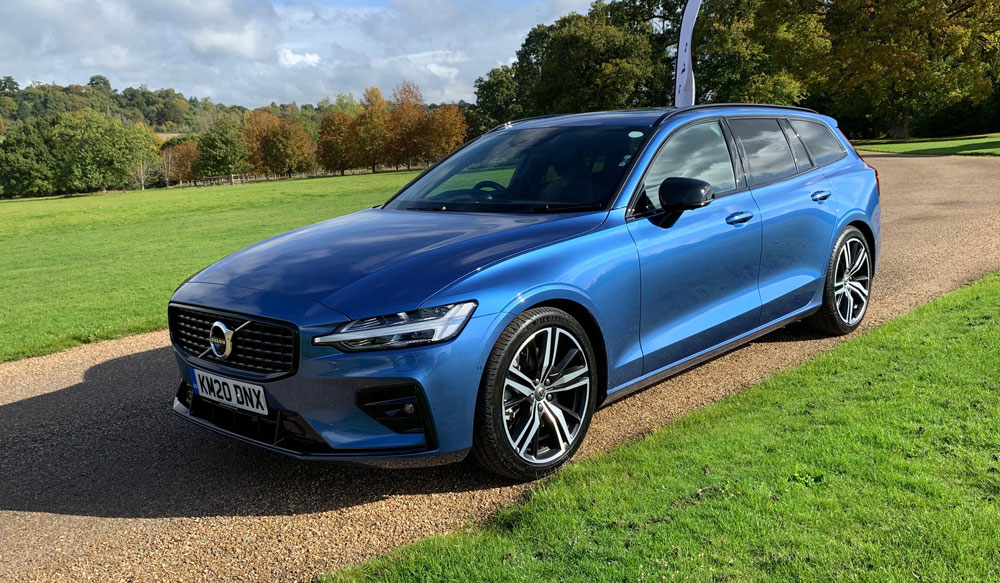
Volvo V60
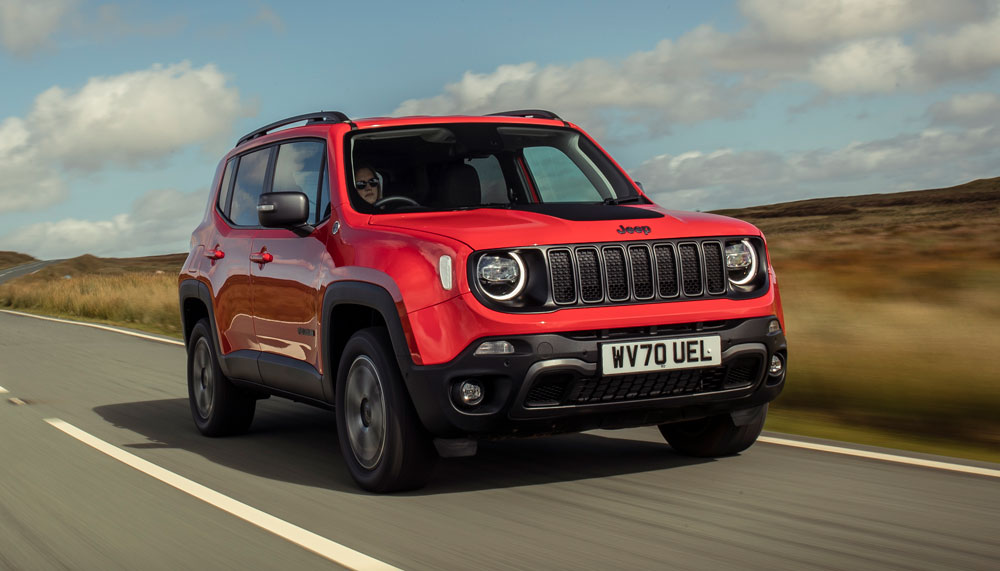
Highlighted Jeep Renegade
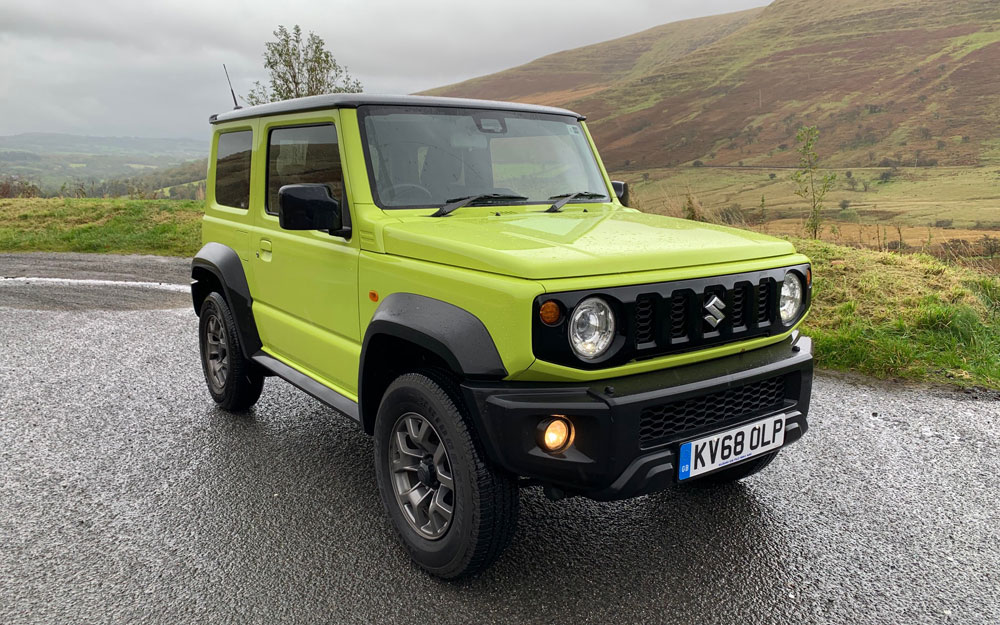
Suzuki Jimny
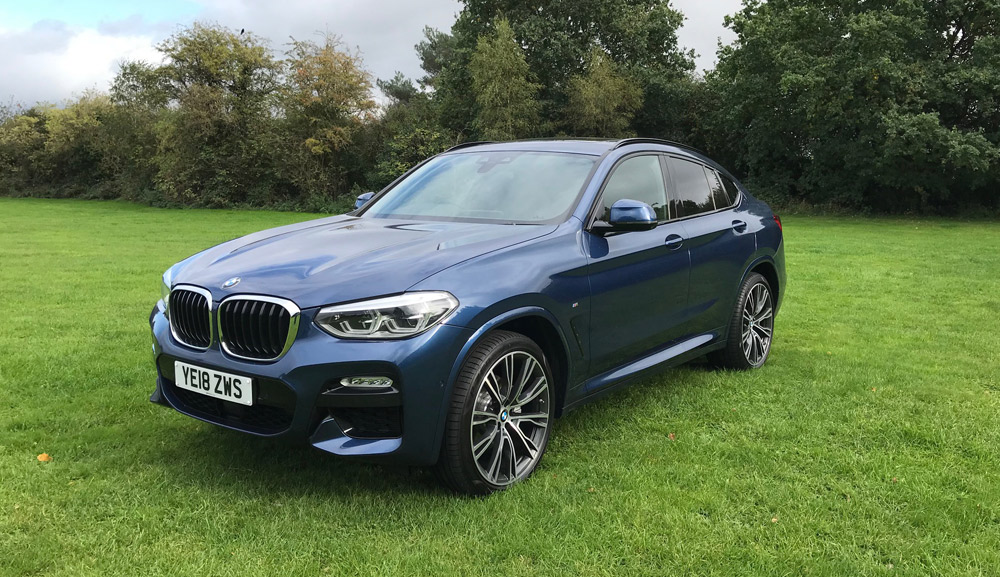
BMW X4
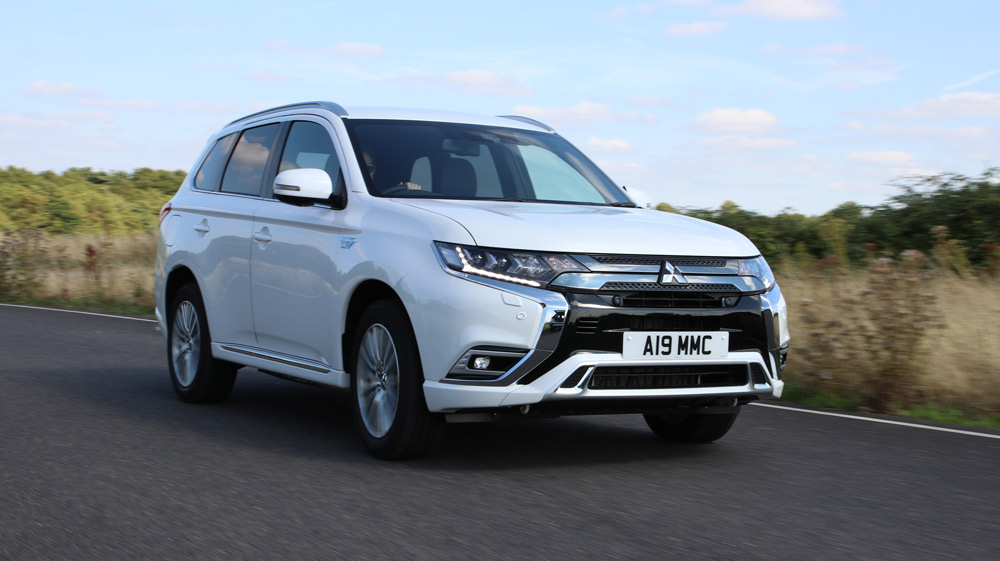
Mitsubishi Outlander
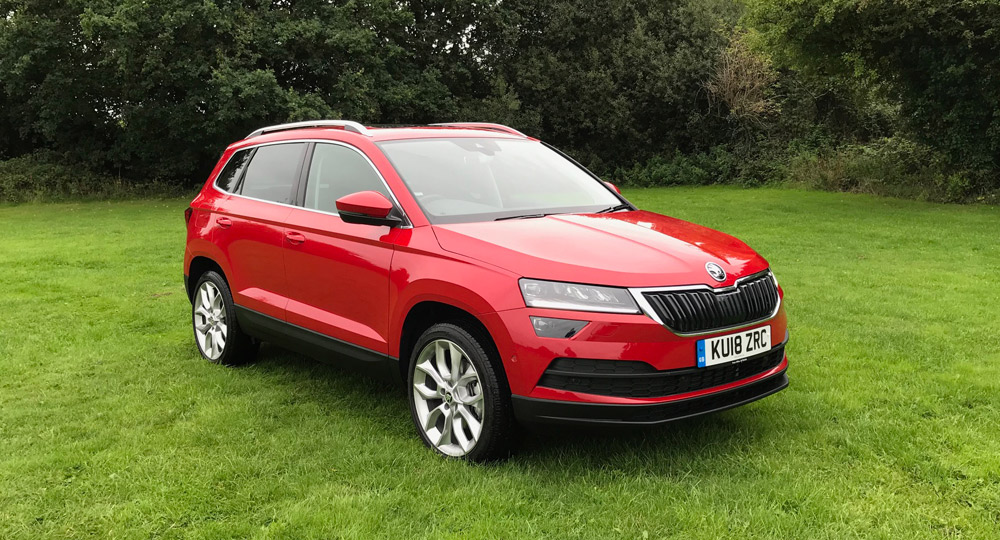
Skoda Karoq
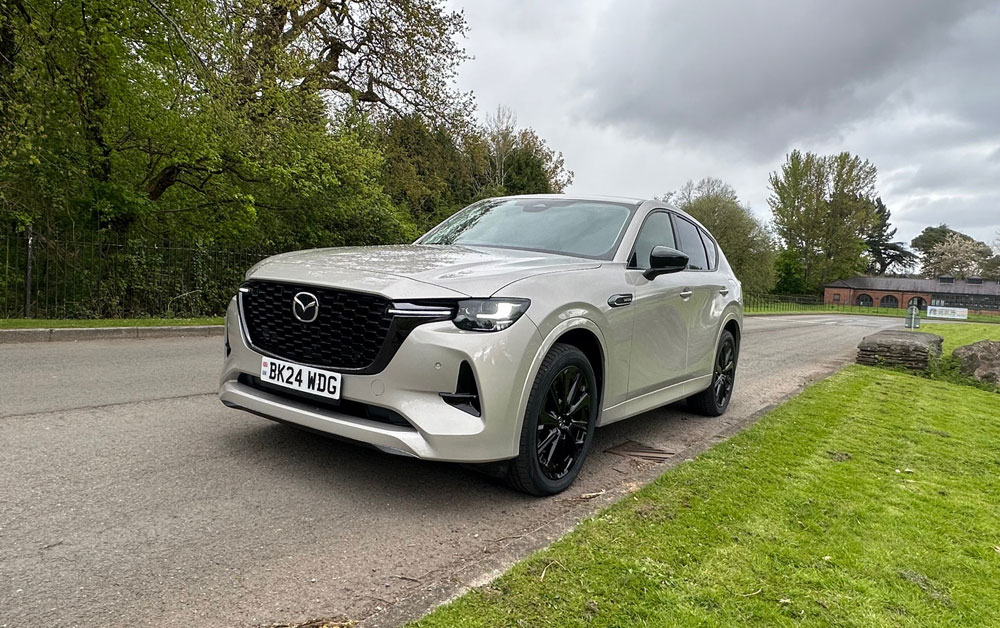
Mazda CX-60
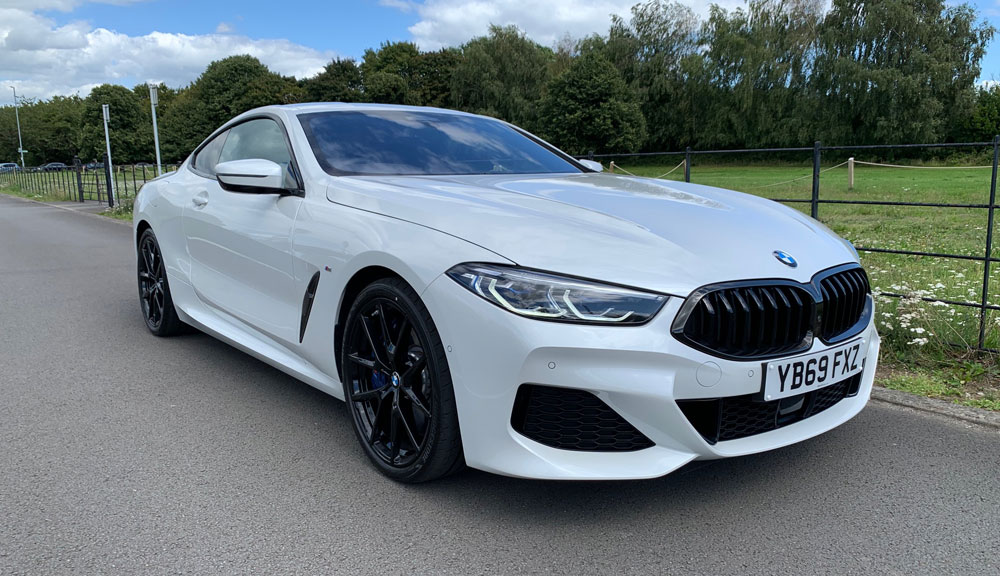
BMW 8 Series
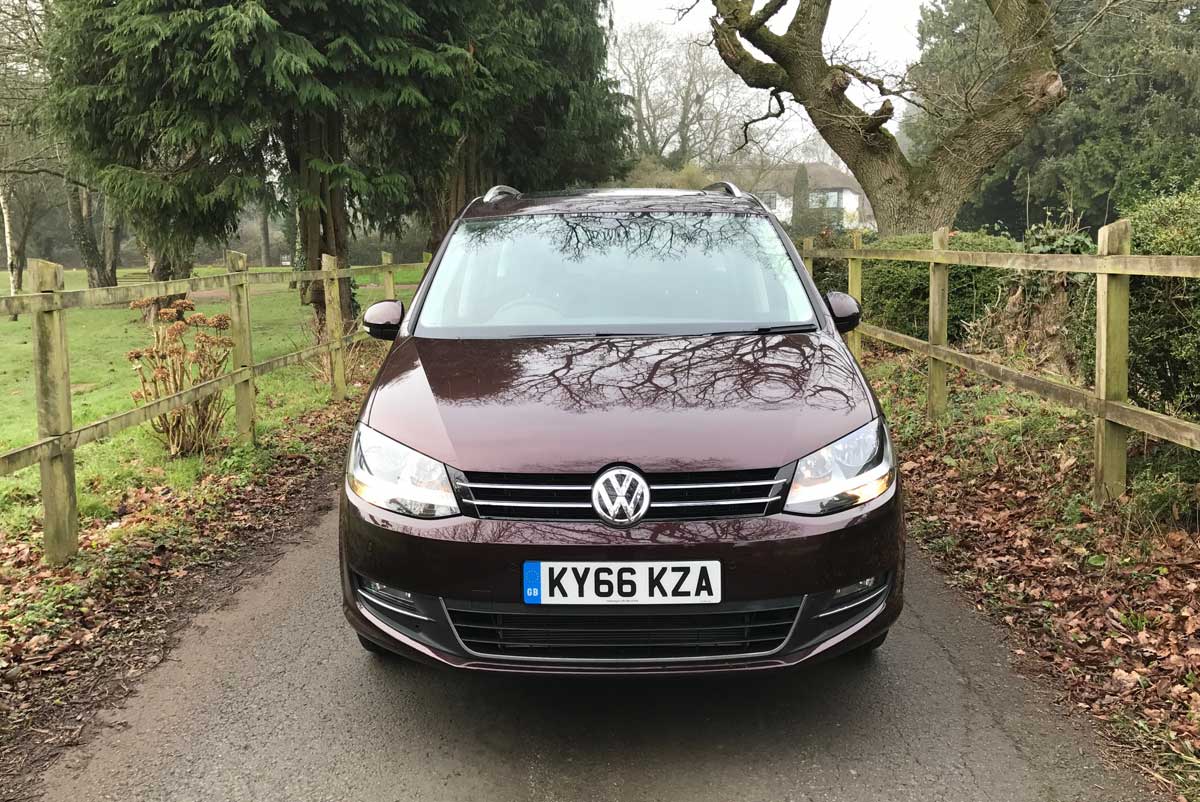
Volkswagen Sharan
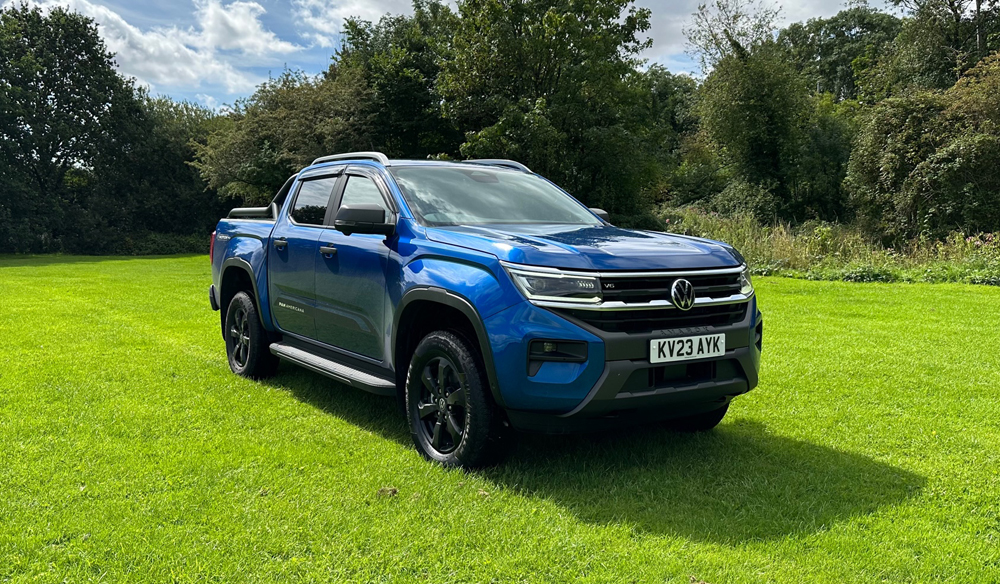
Volkswagen Amarok
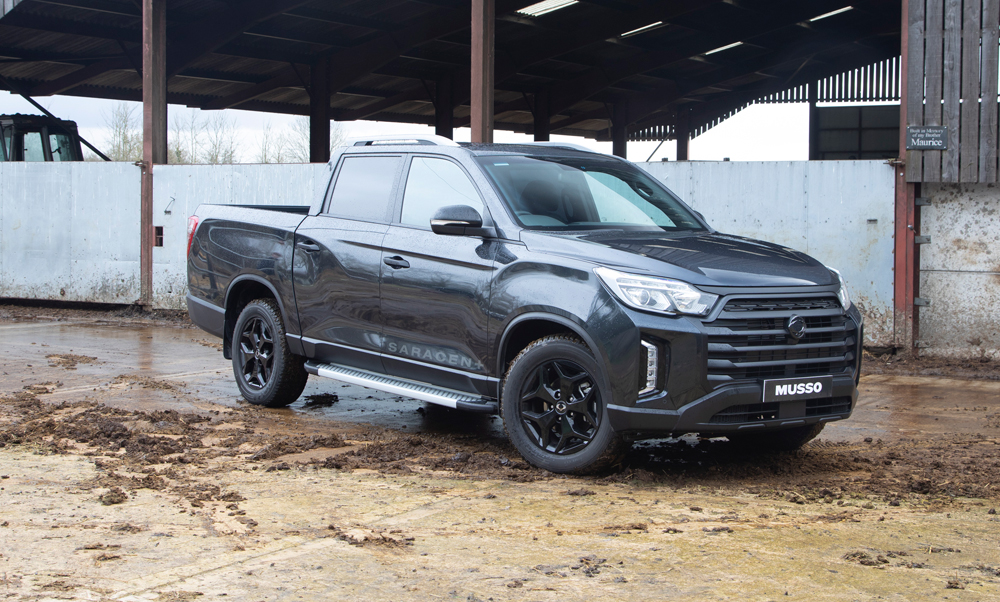
kgm Musso

Ford Ranger
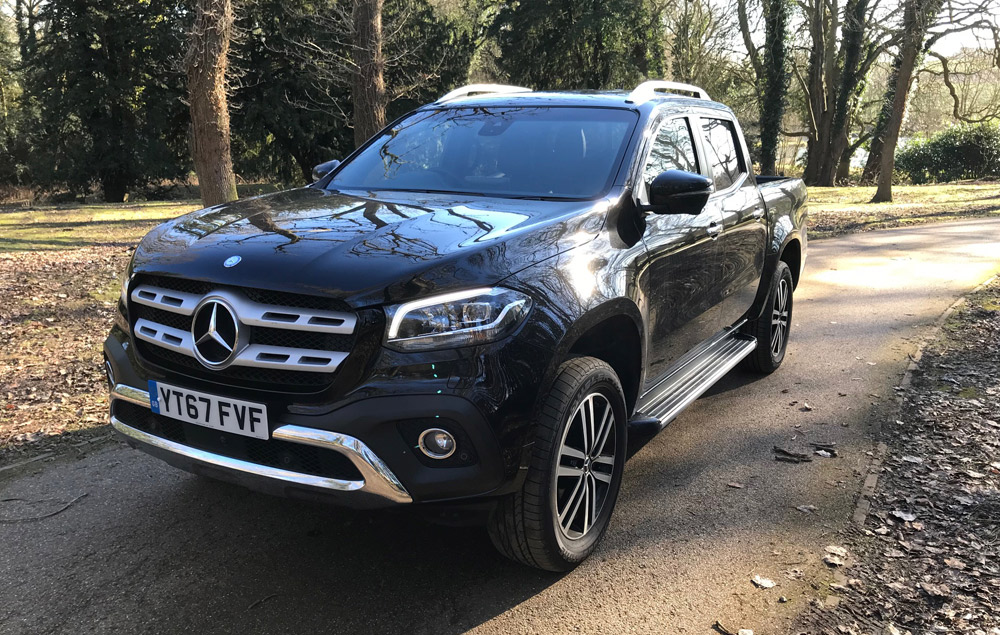
Mercedes-Benz X-Class
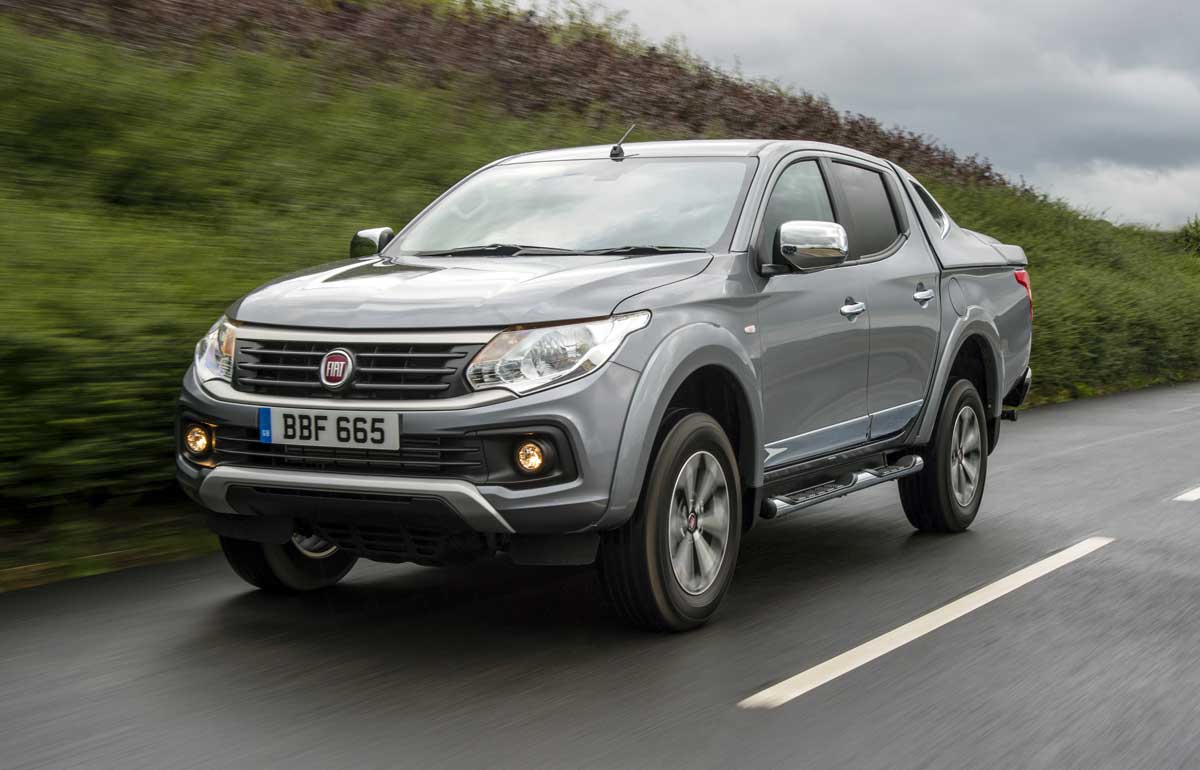
Fiat Fullback
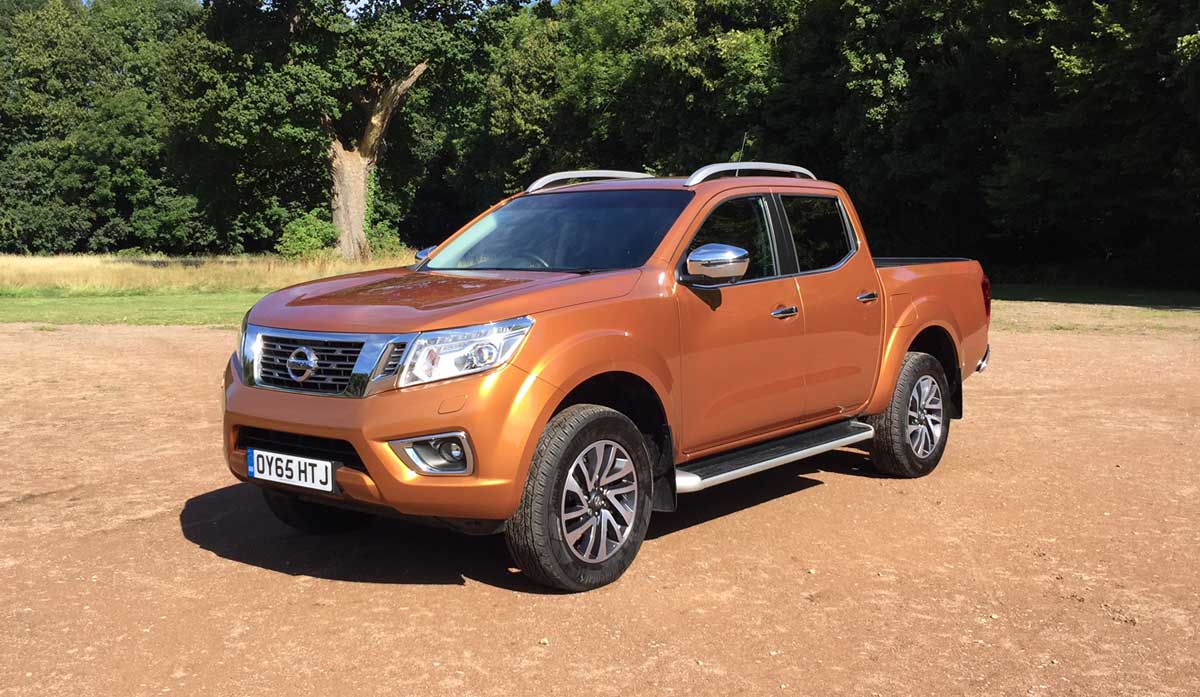
Nissan Navara
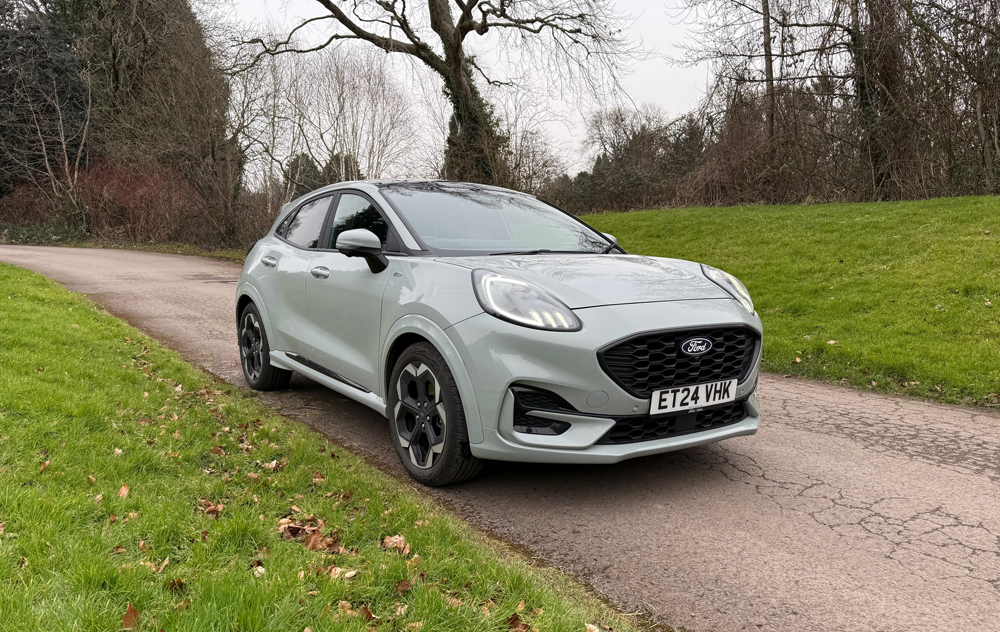
Ford Puma
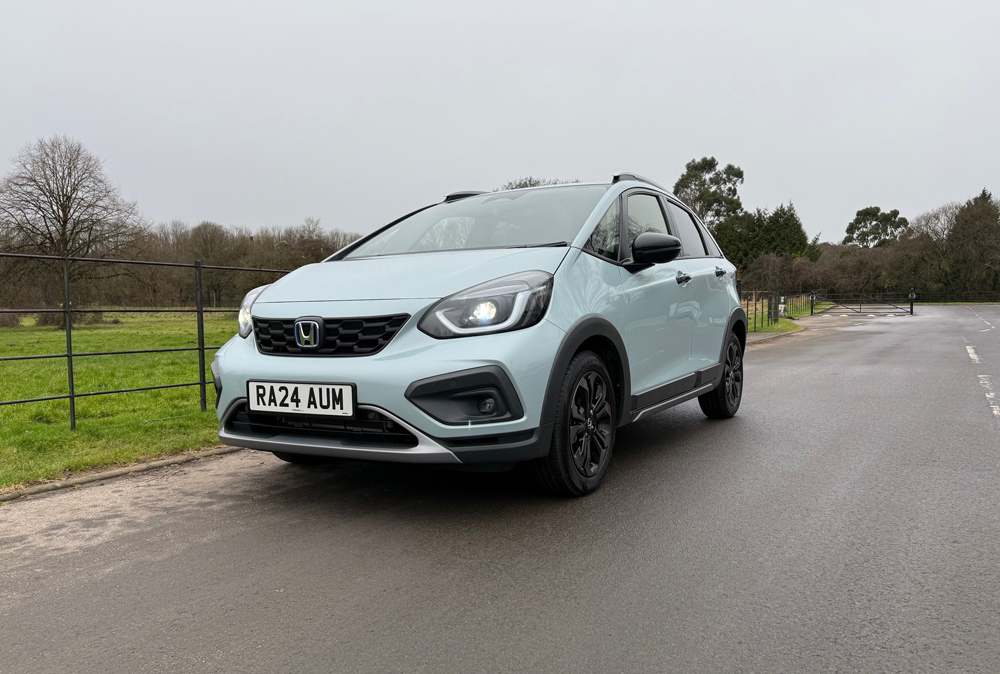
Honda Jazz
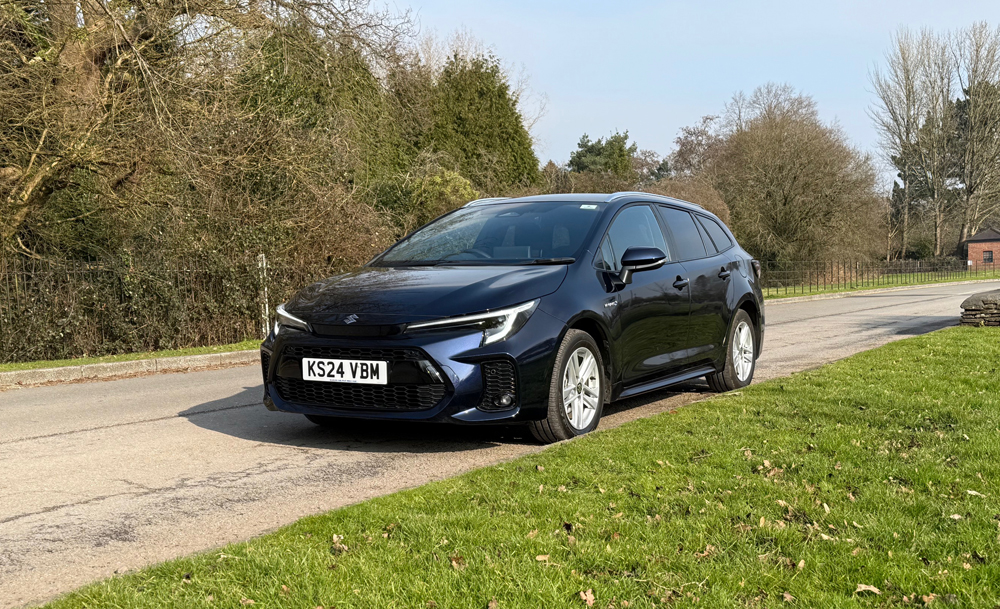
Suzuki Swace
Highlighted Jeep Wrangler
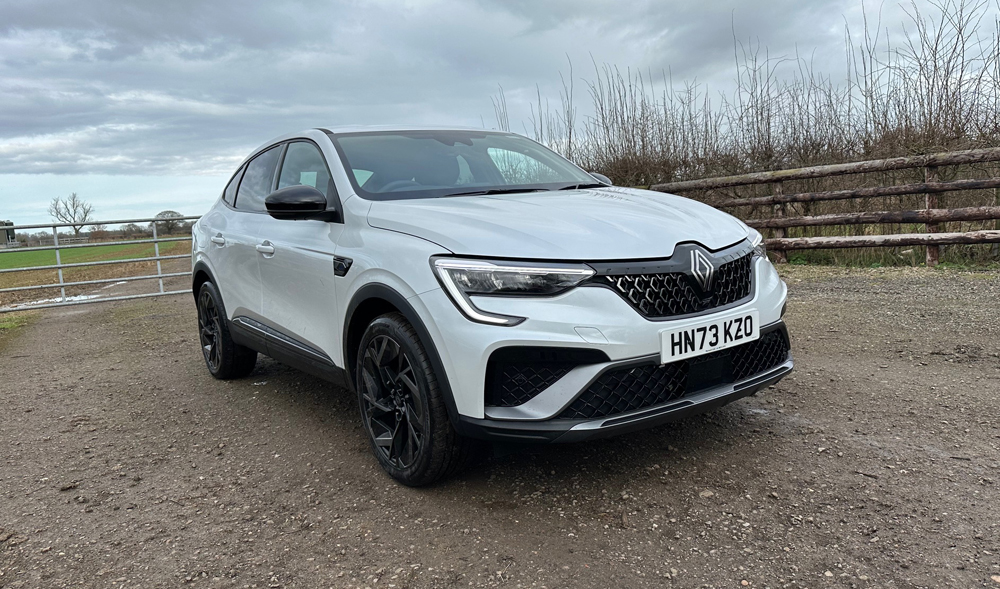
Renault Arkana
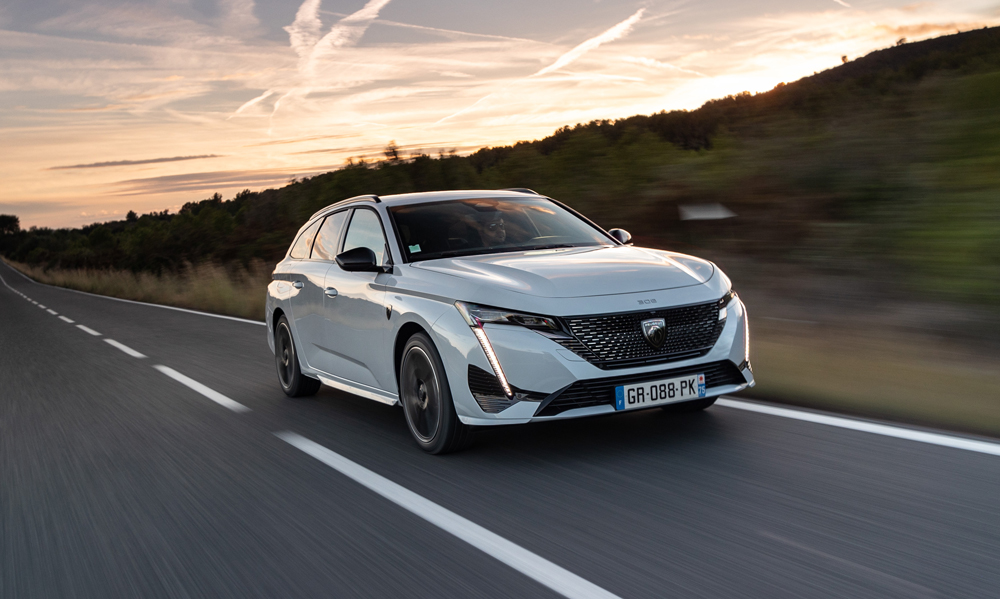
Highlighted Peugeot 308/E-308 SW
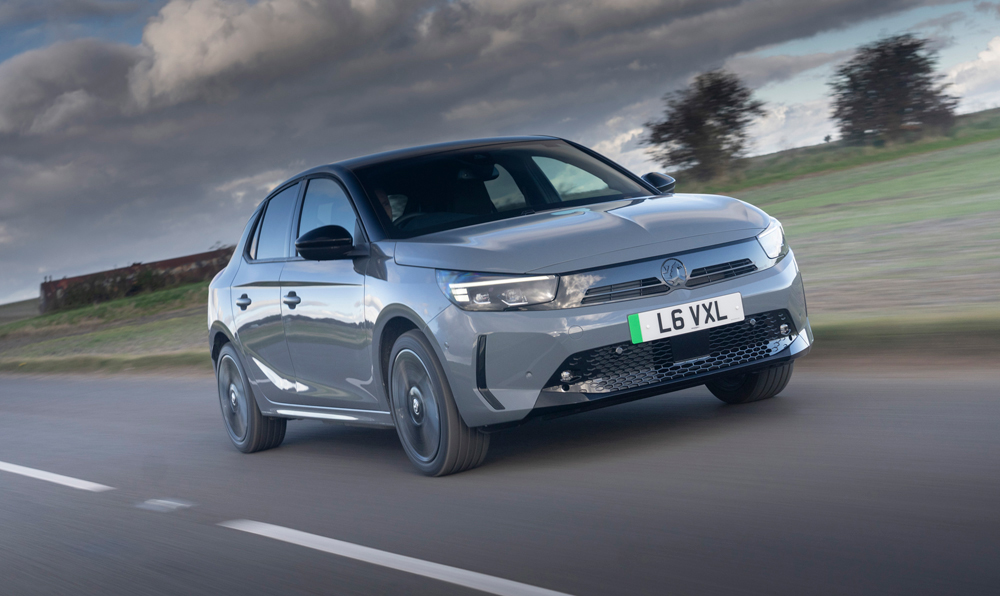
Vauxhall Corsa
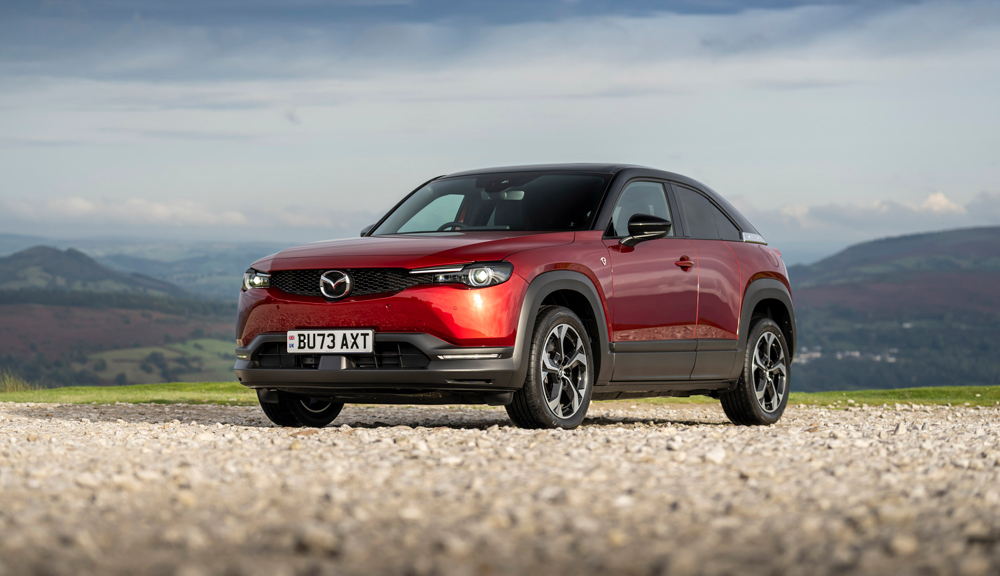
Highlighted Mazda MX-30
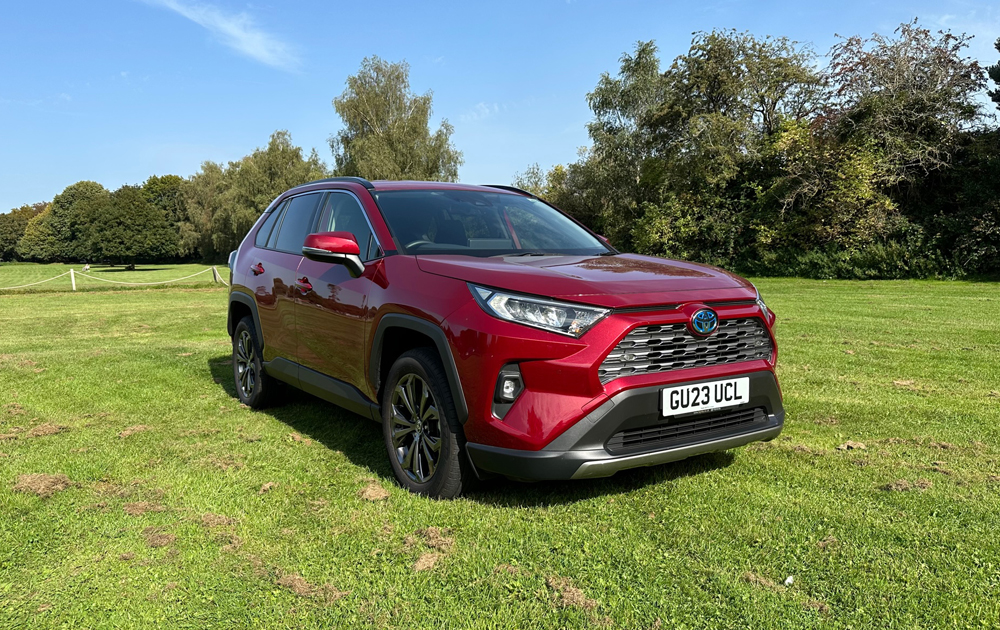
Highlighted Toyota RAV4
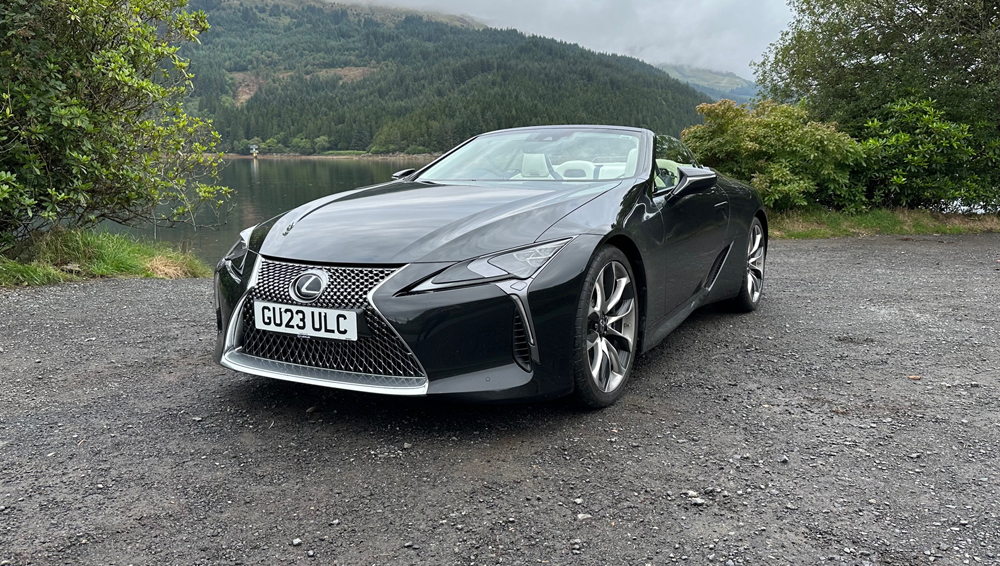
Lexus LC
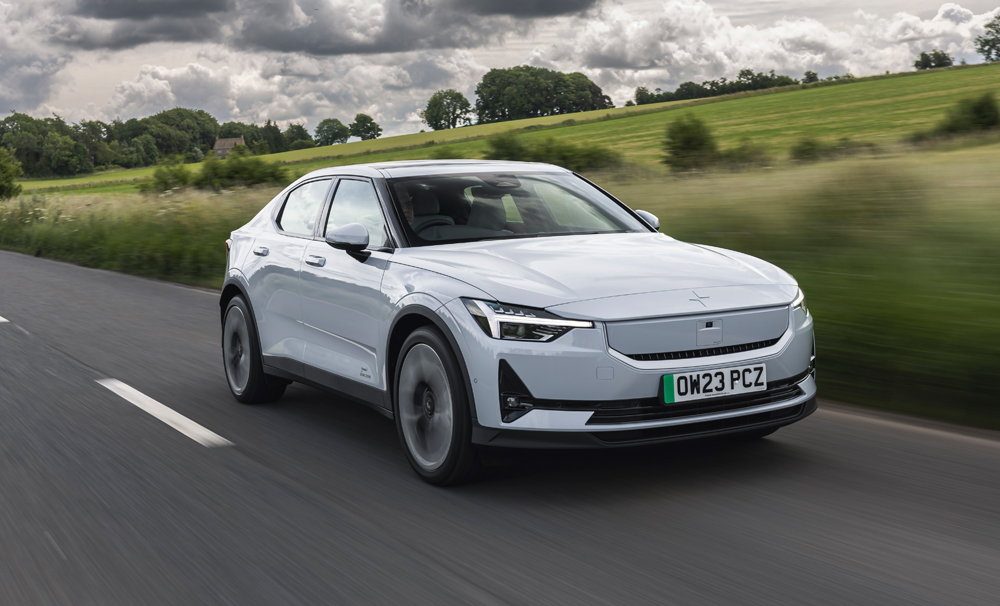
Polestar 2
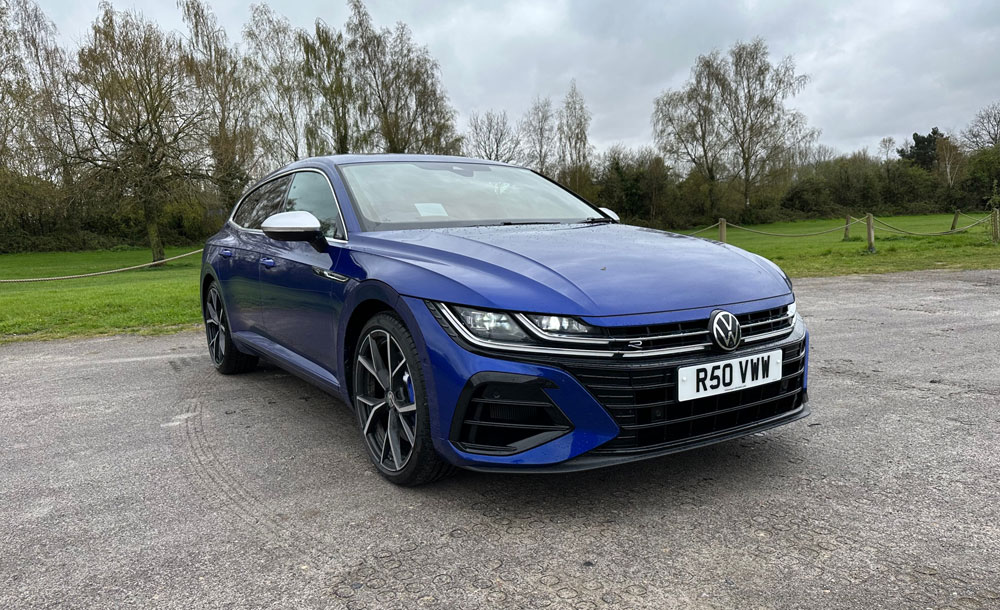
Volkswagen Arteon
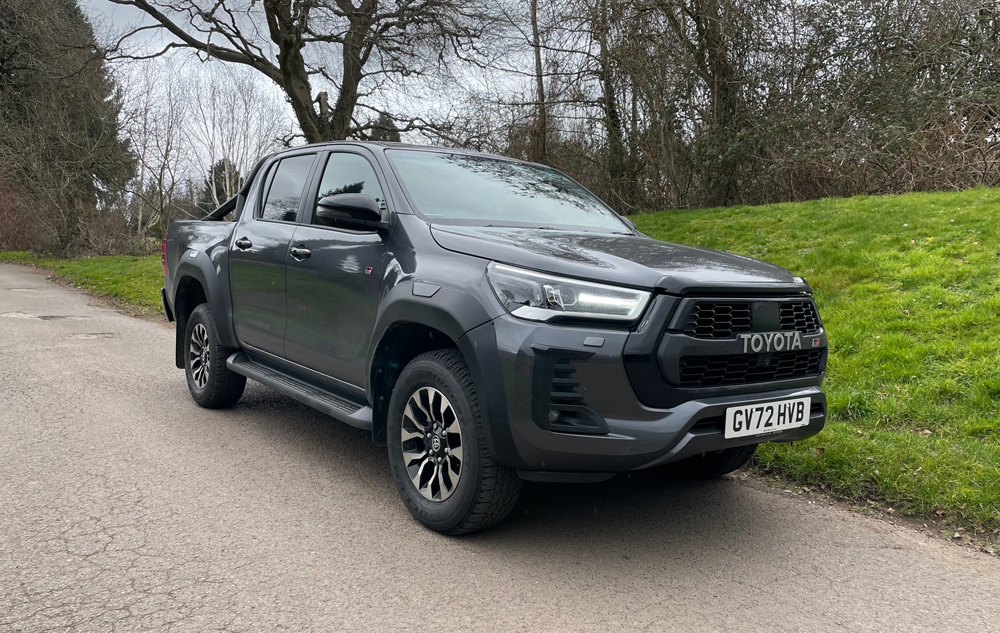
Toyota Hilux
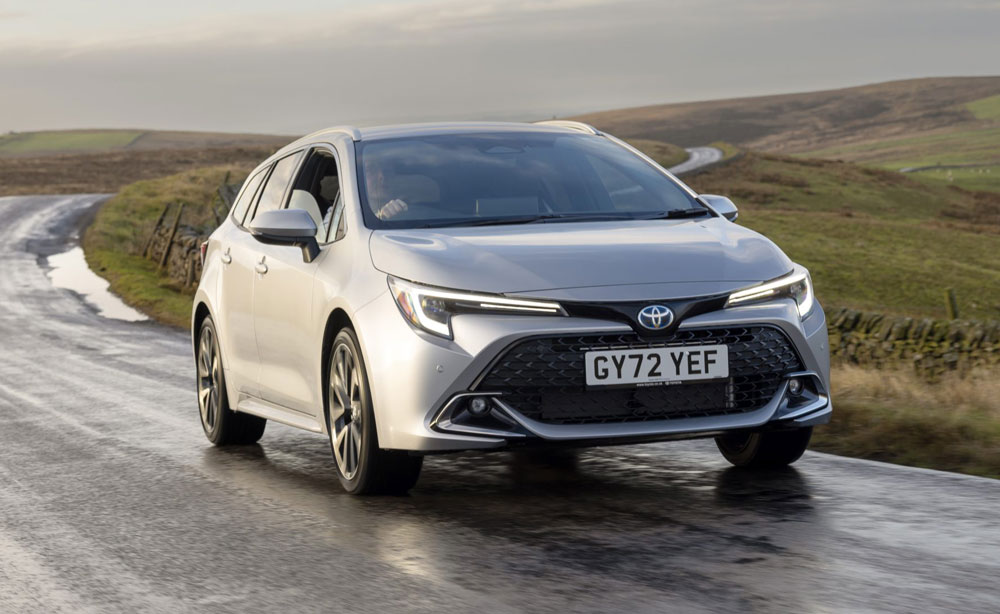
Toyota Corolla
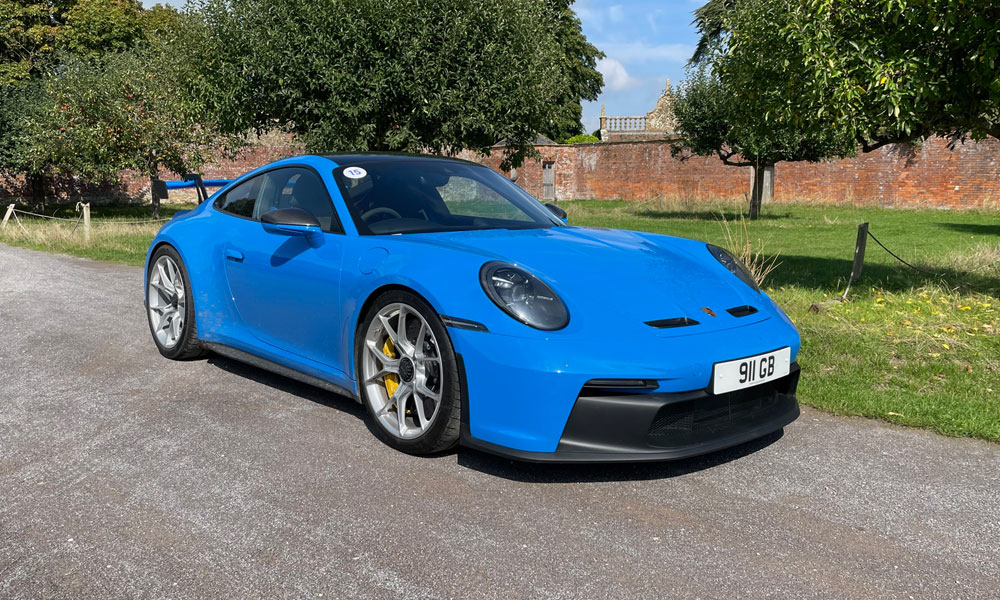
Porsche 911
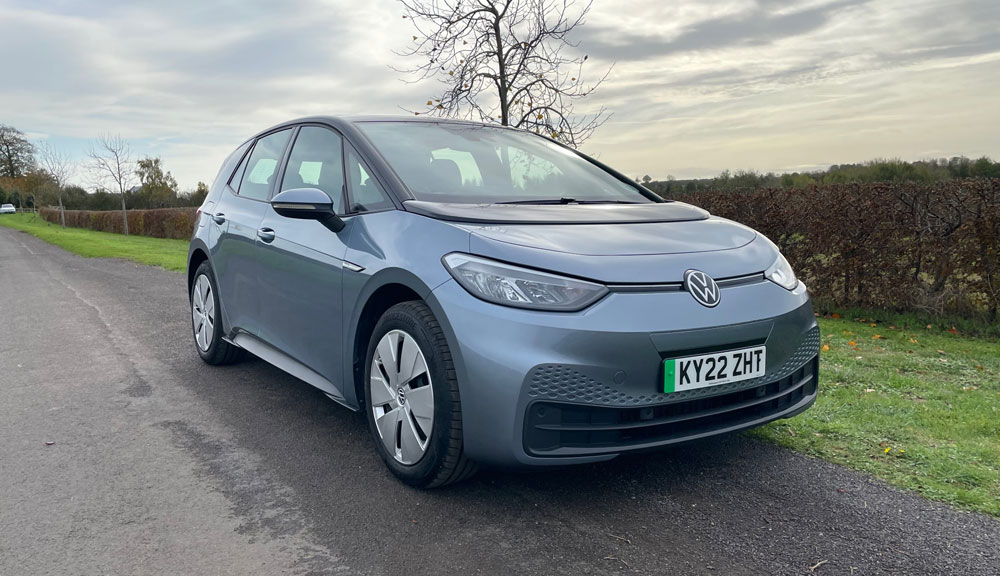
Volkswagen ID.3


